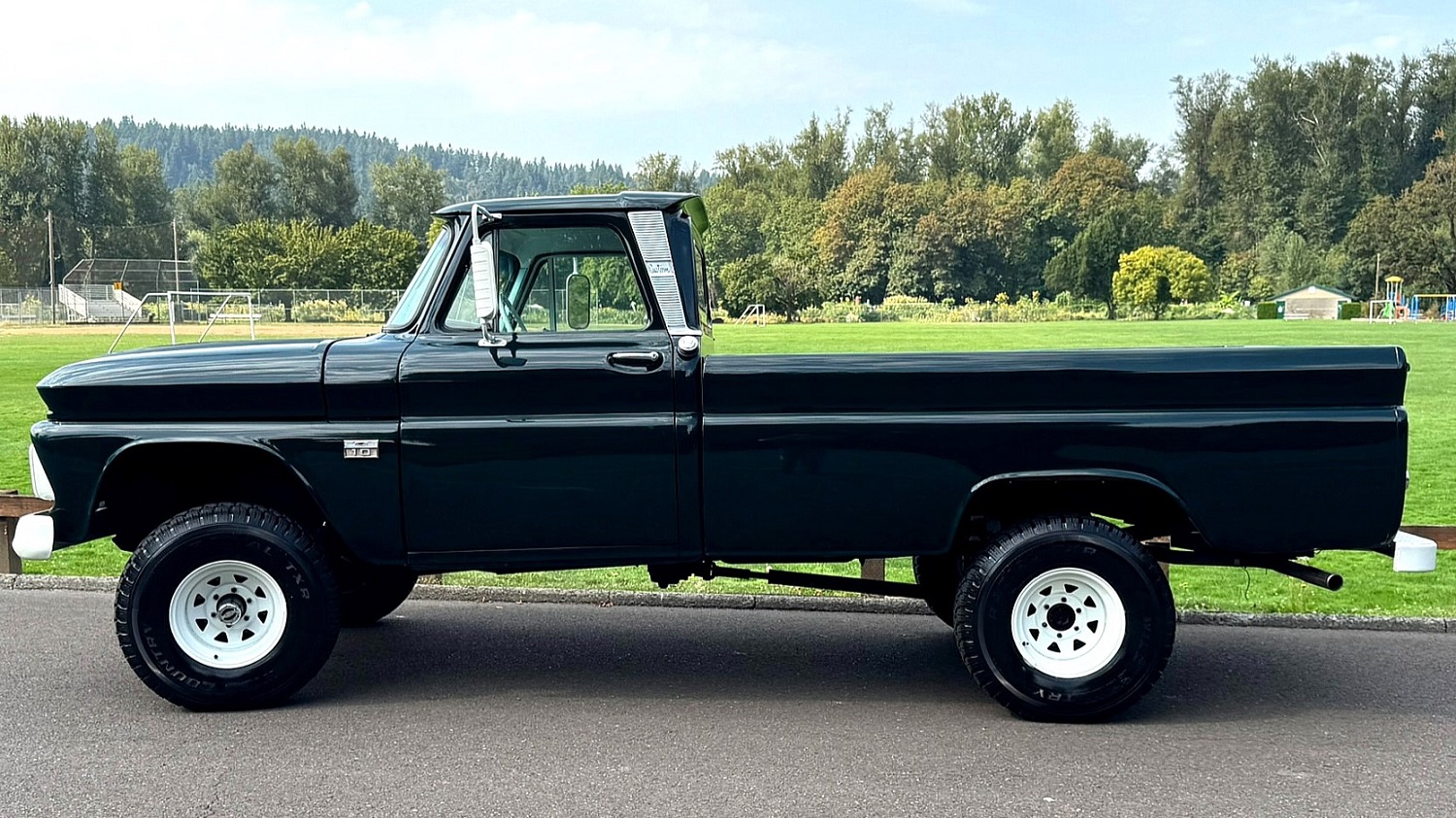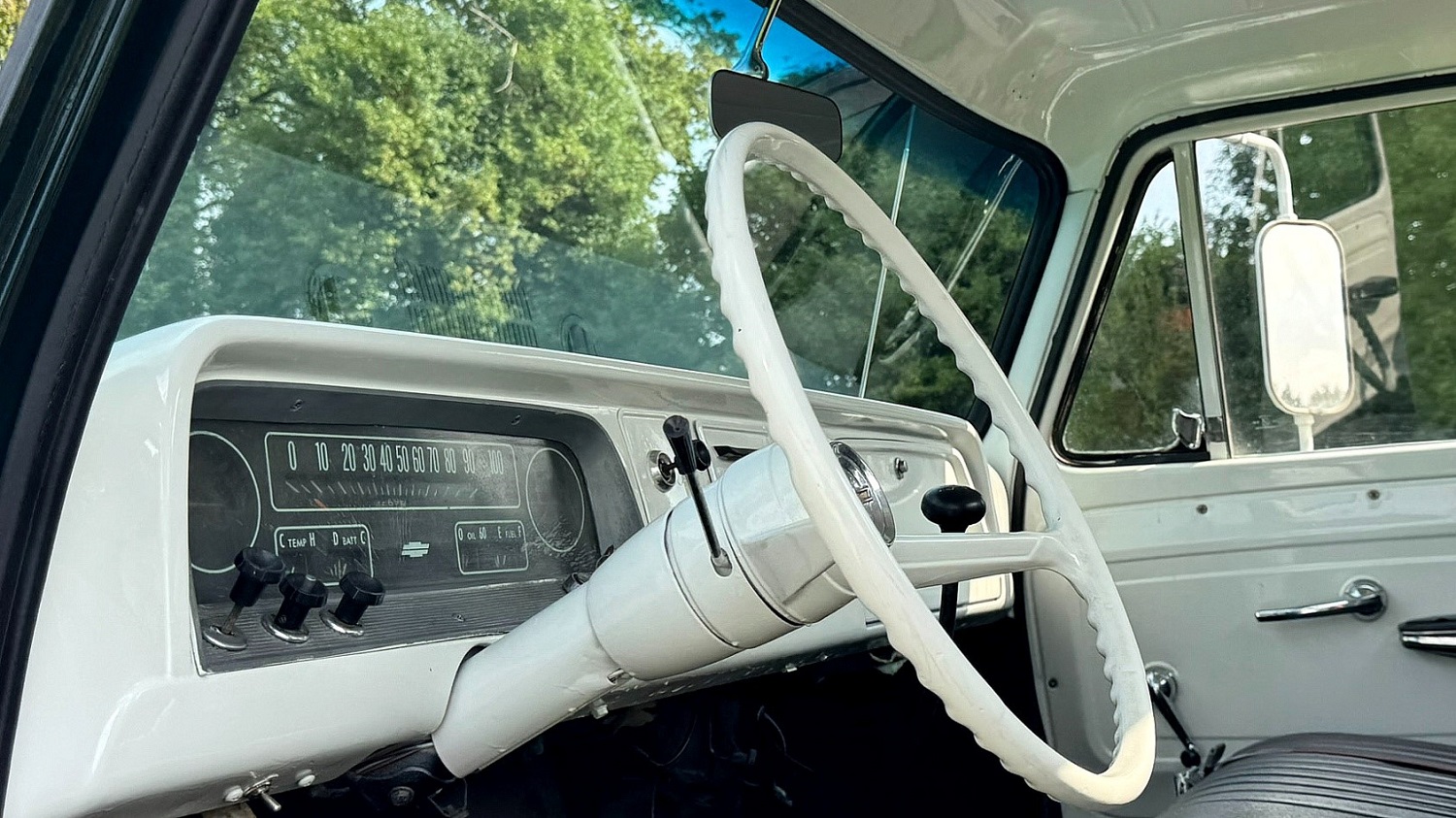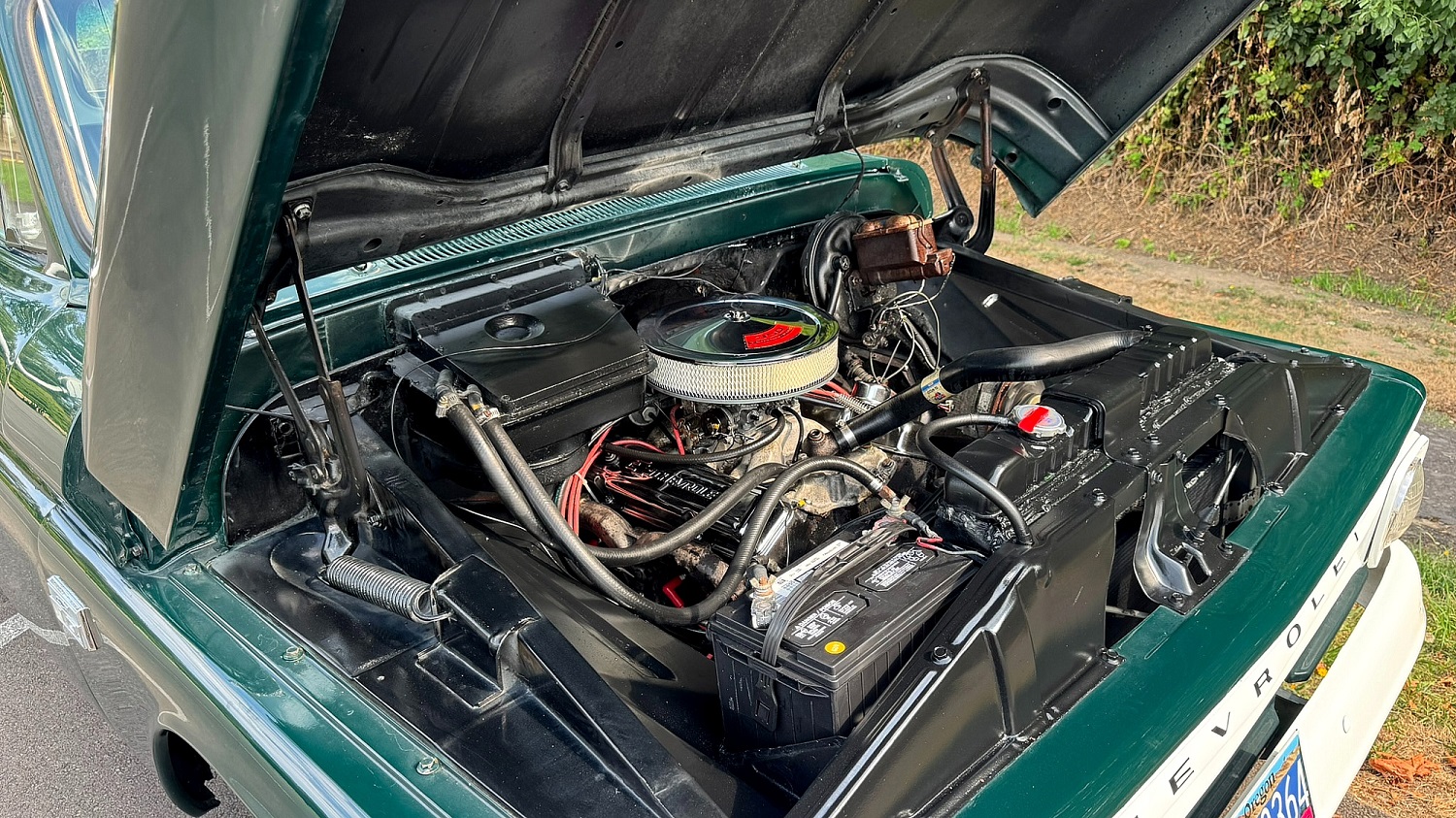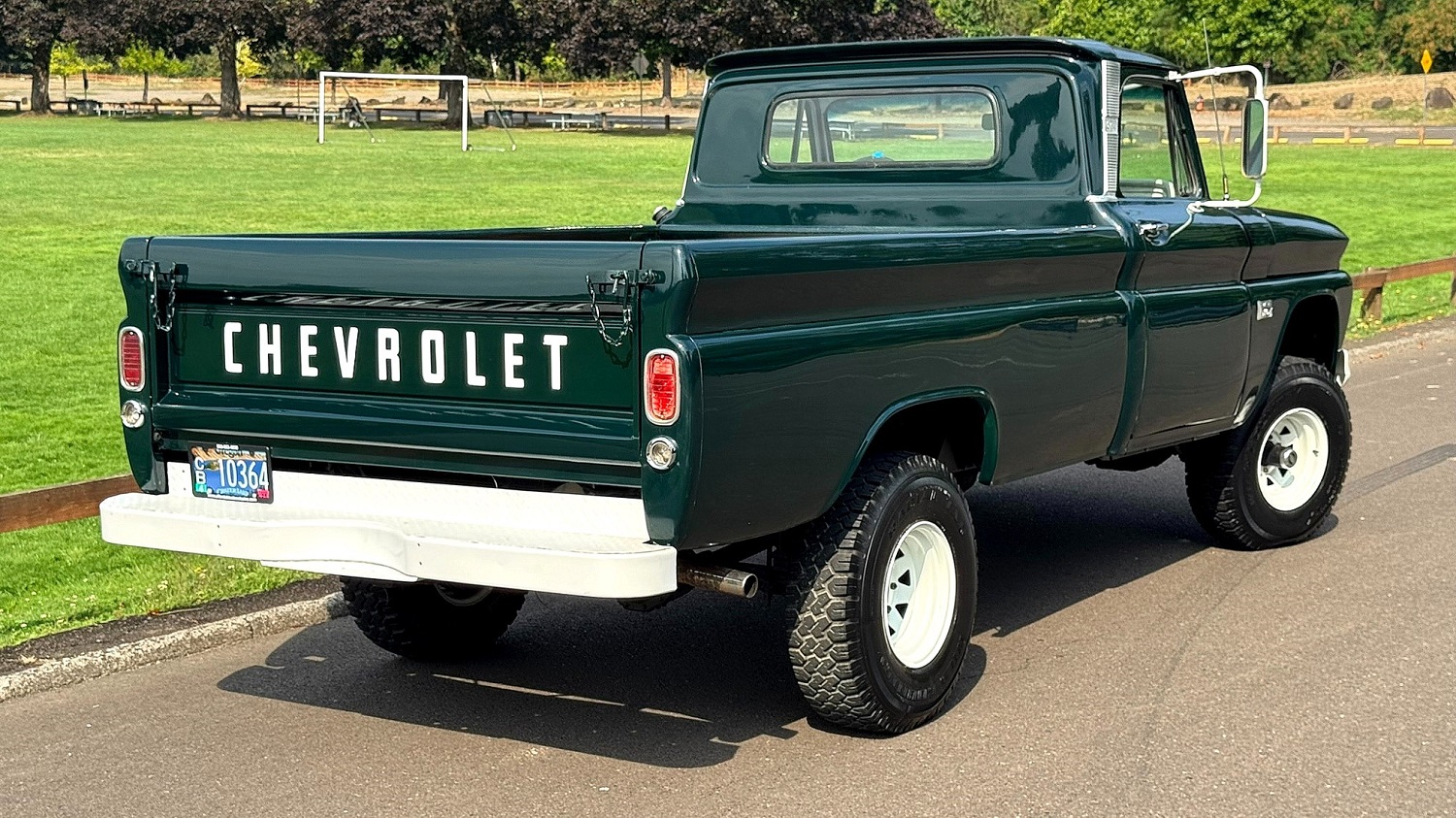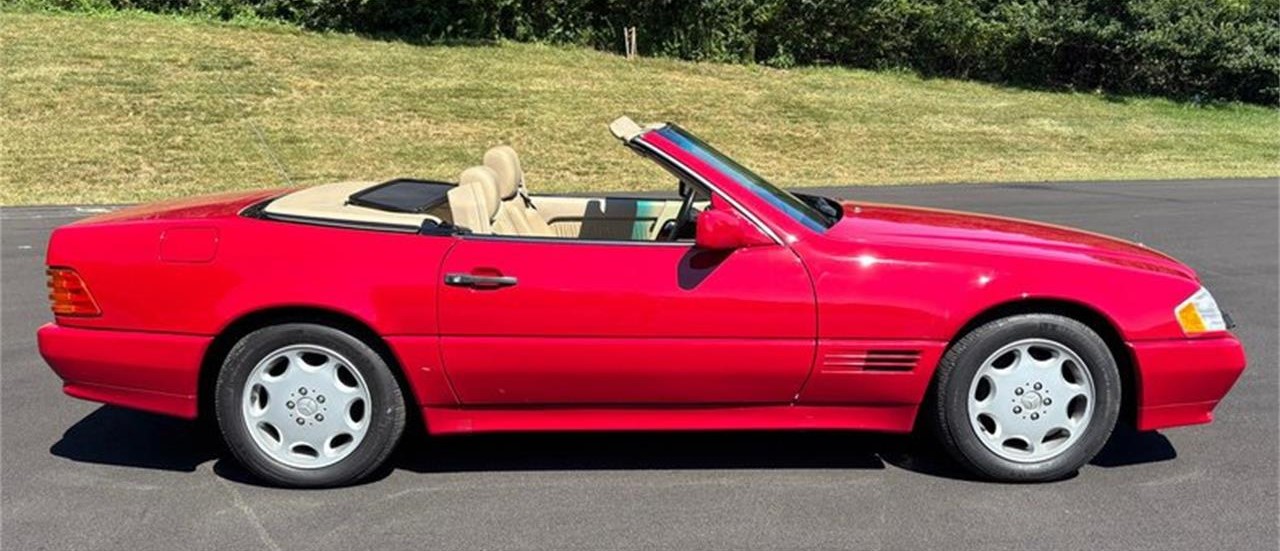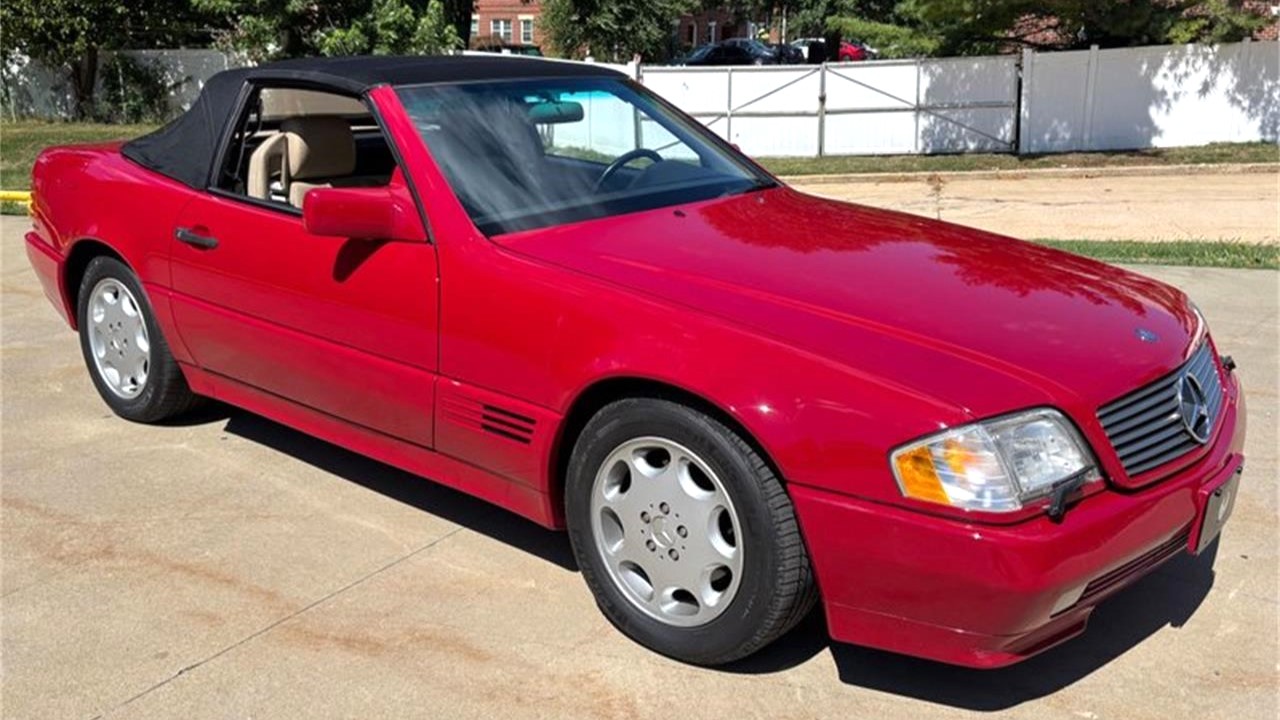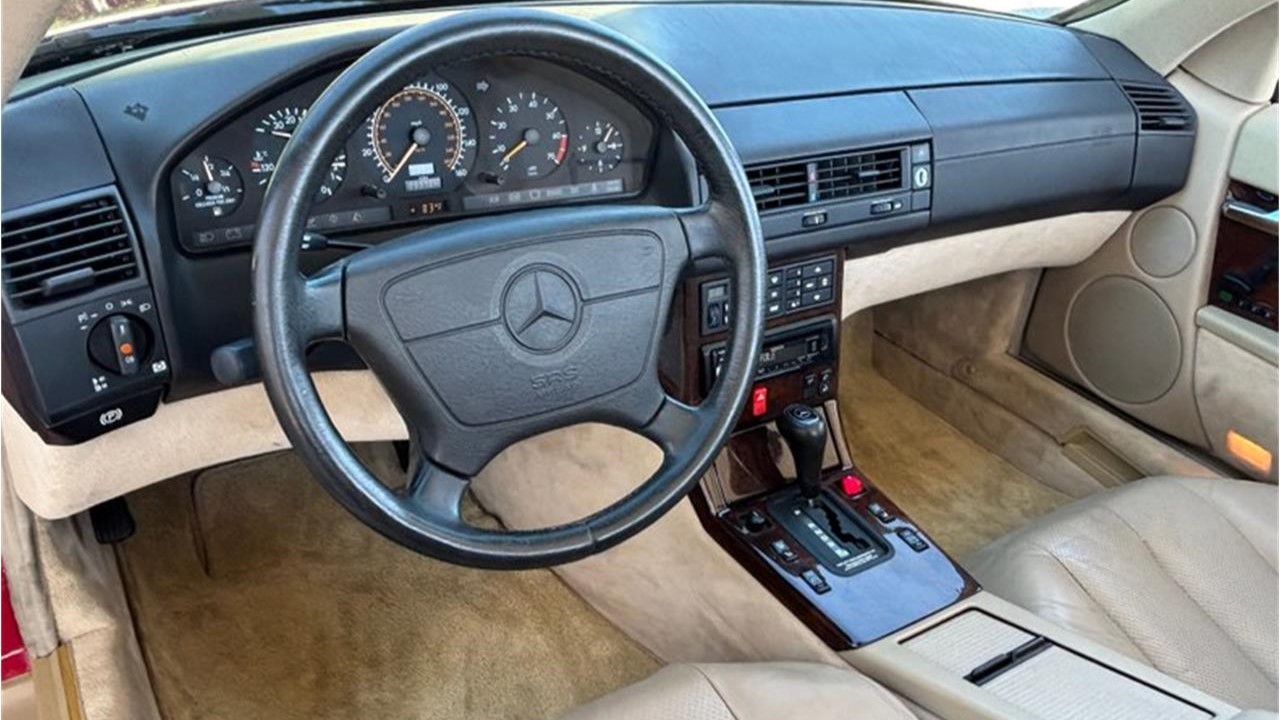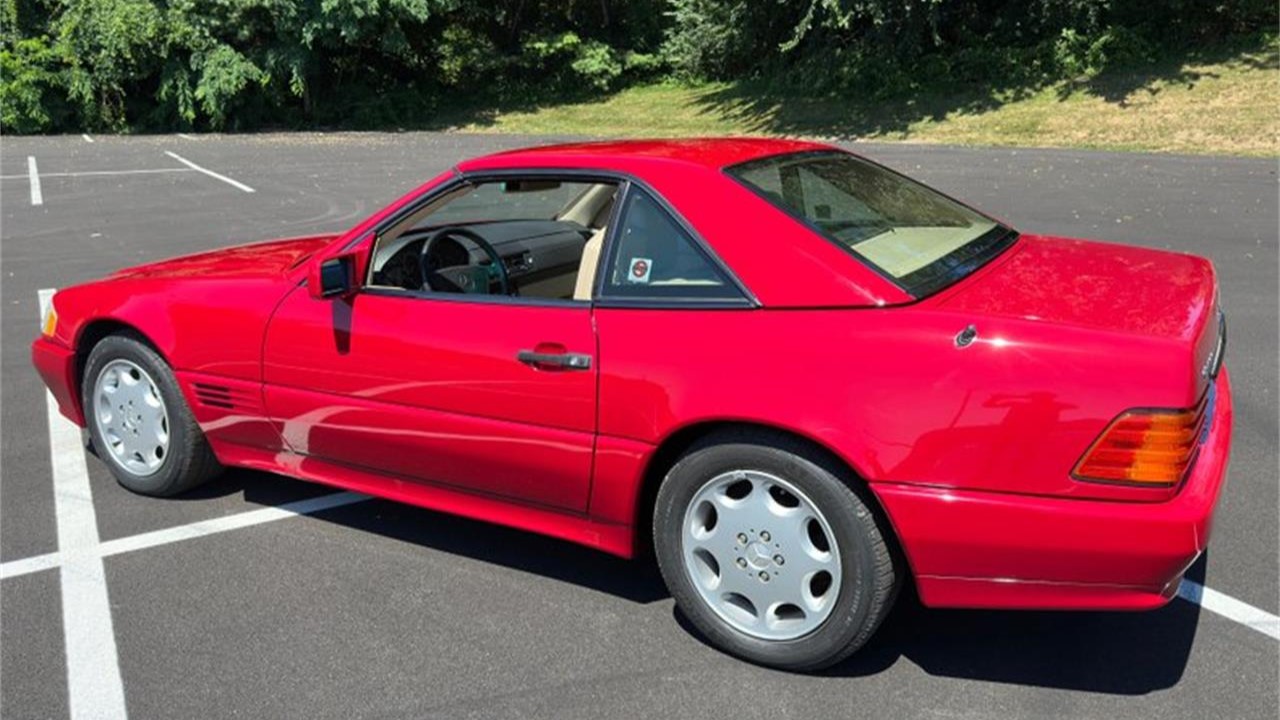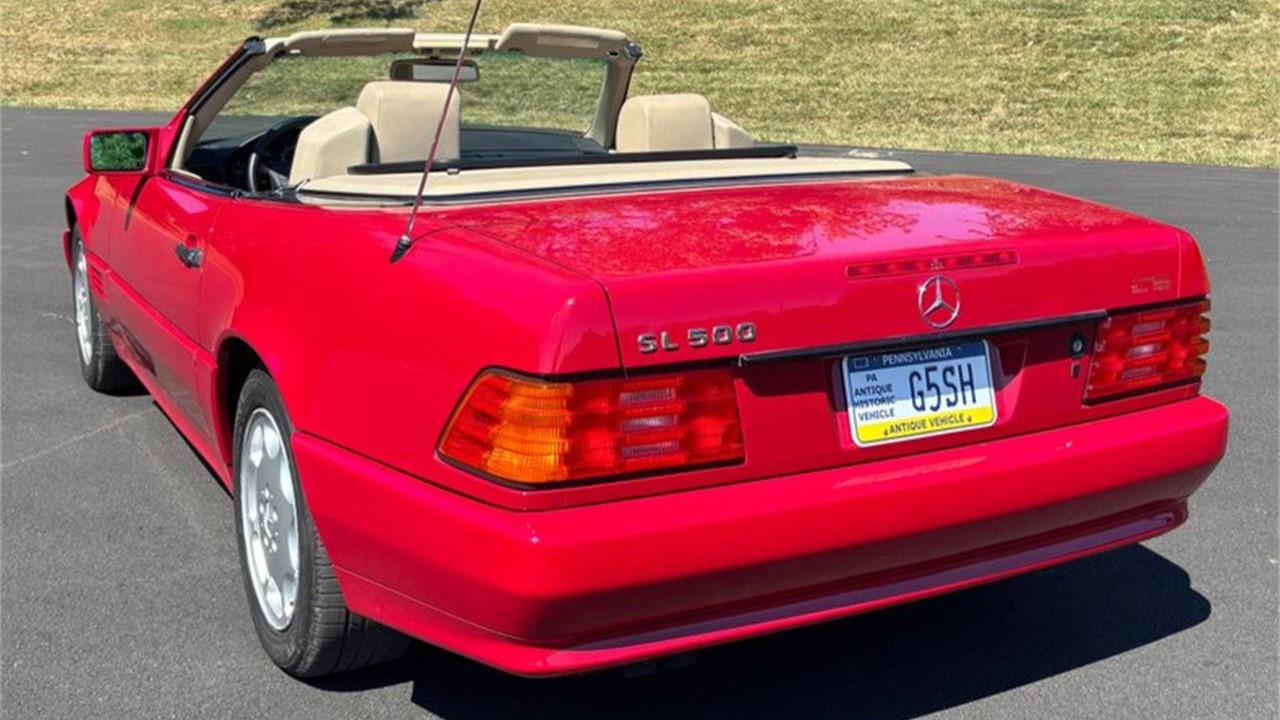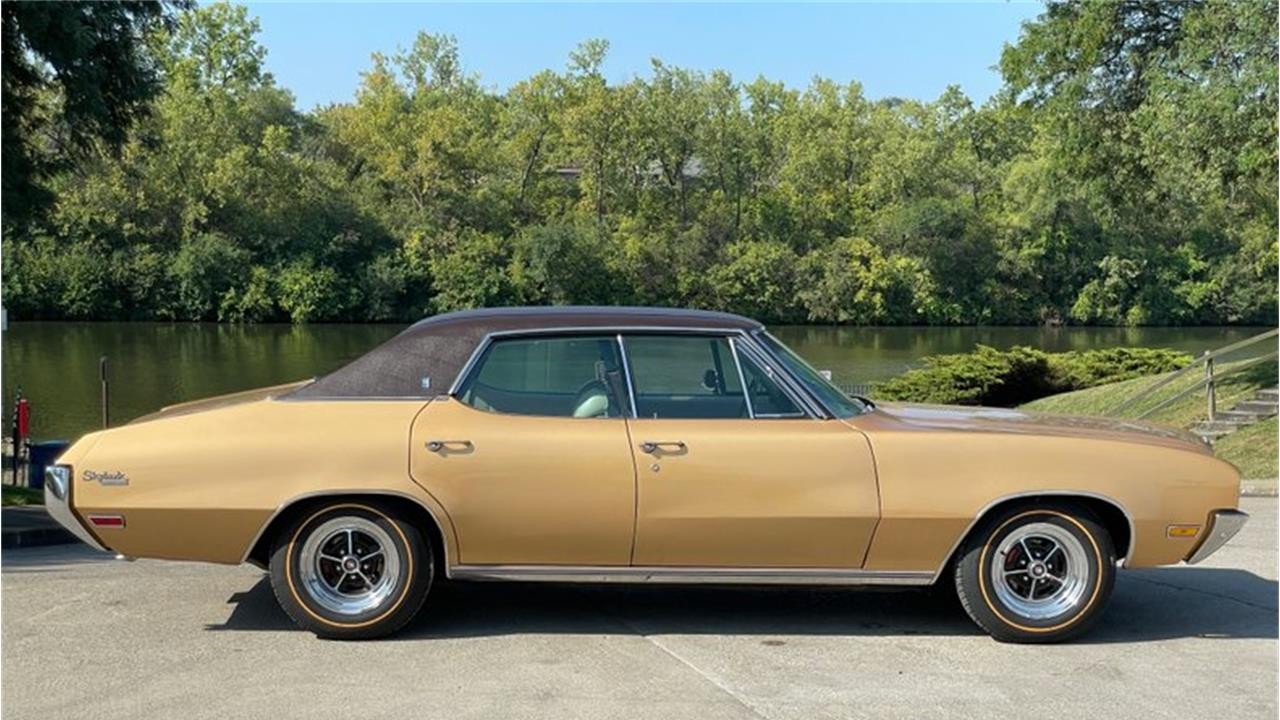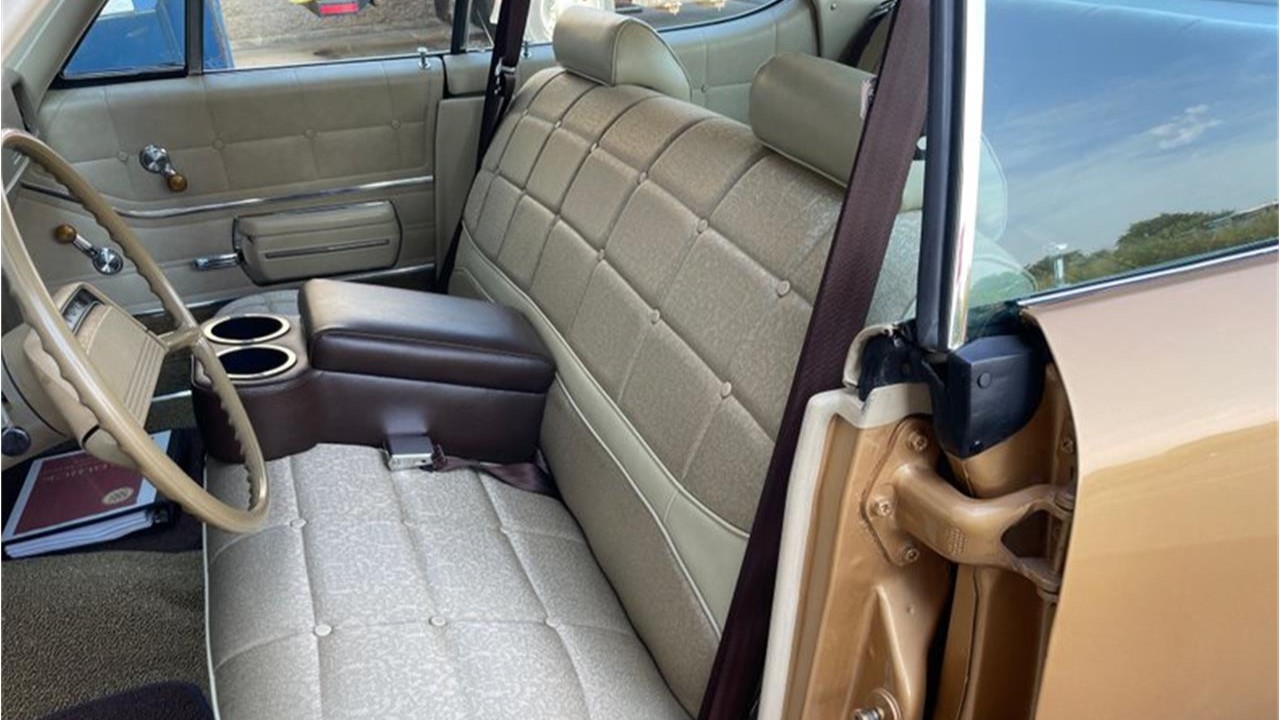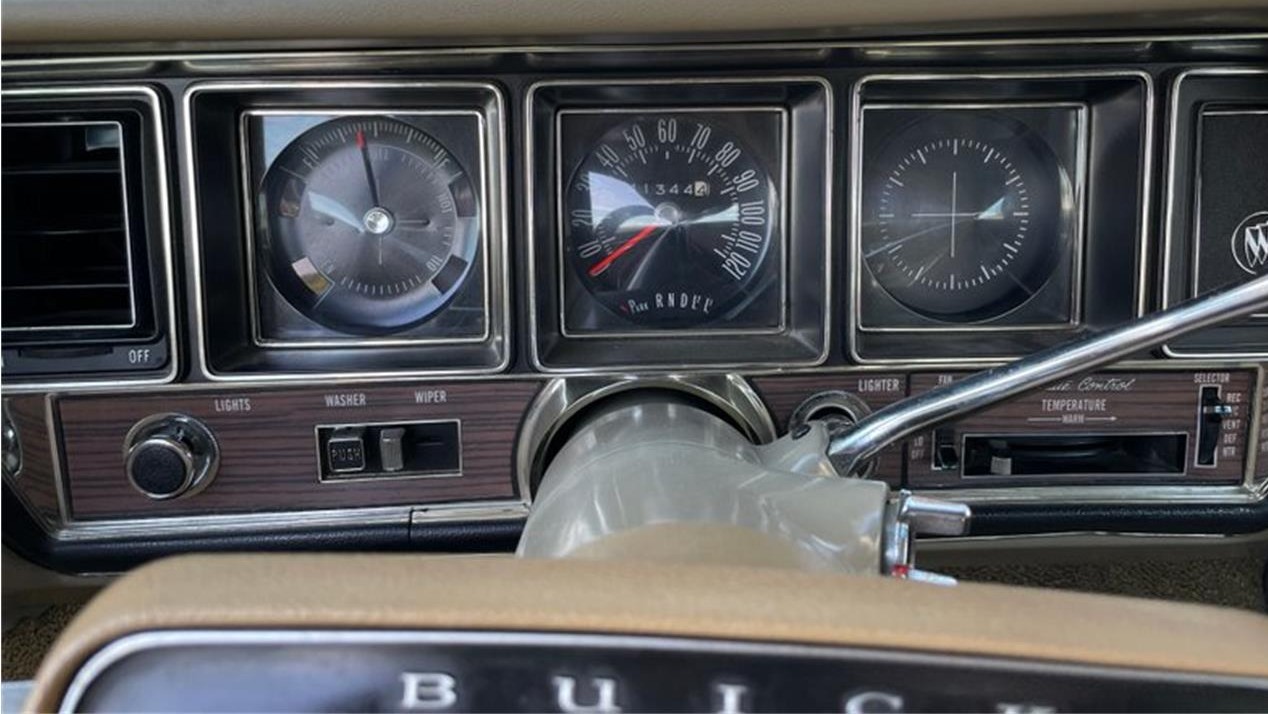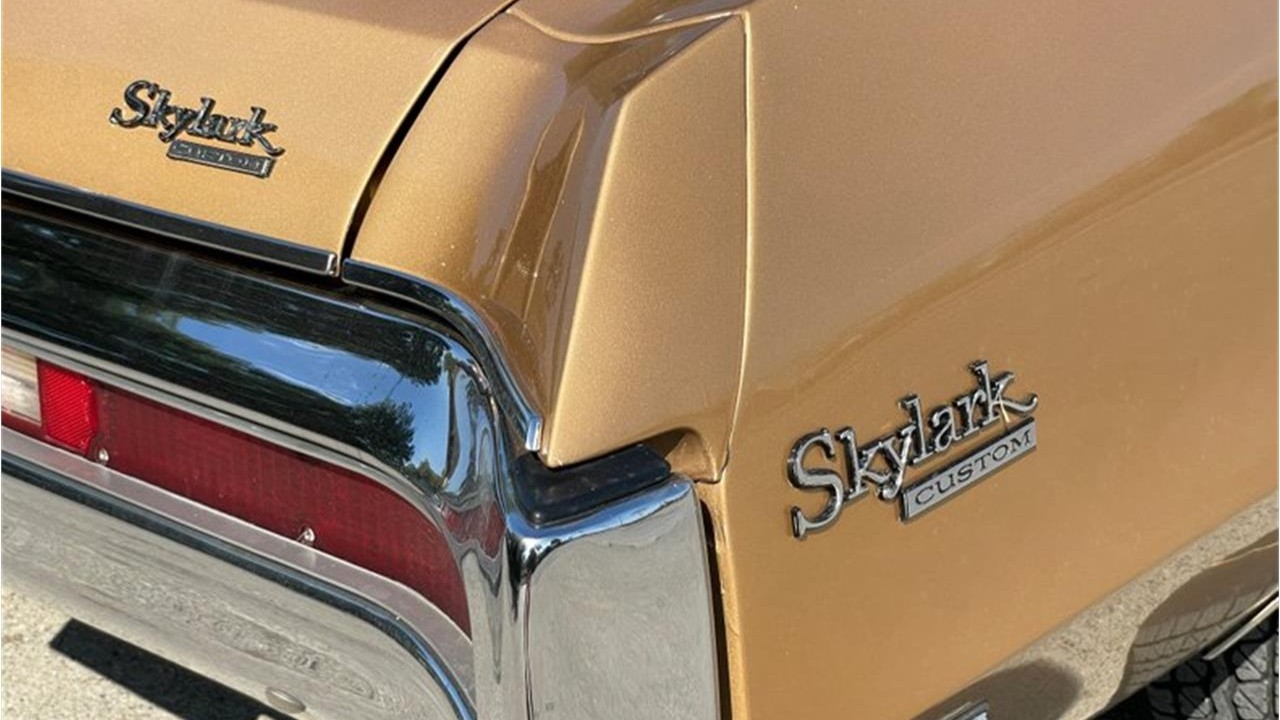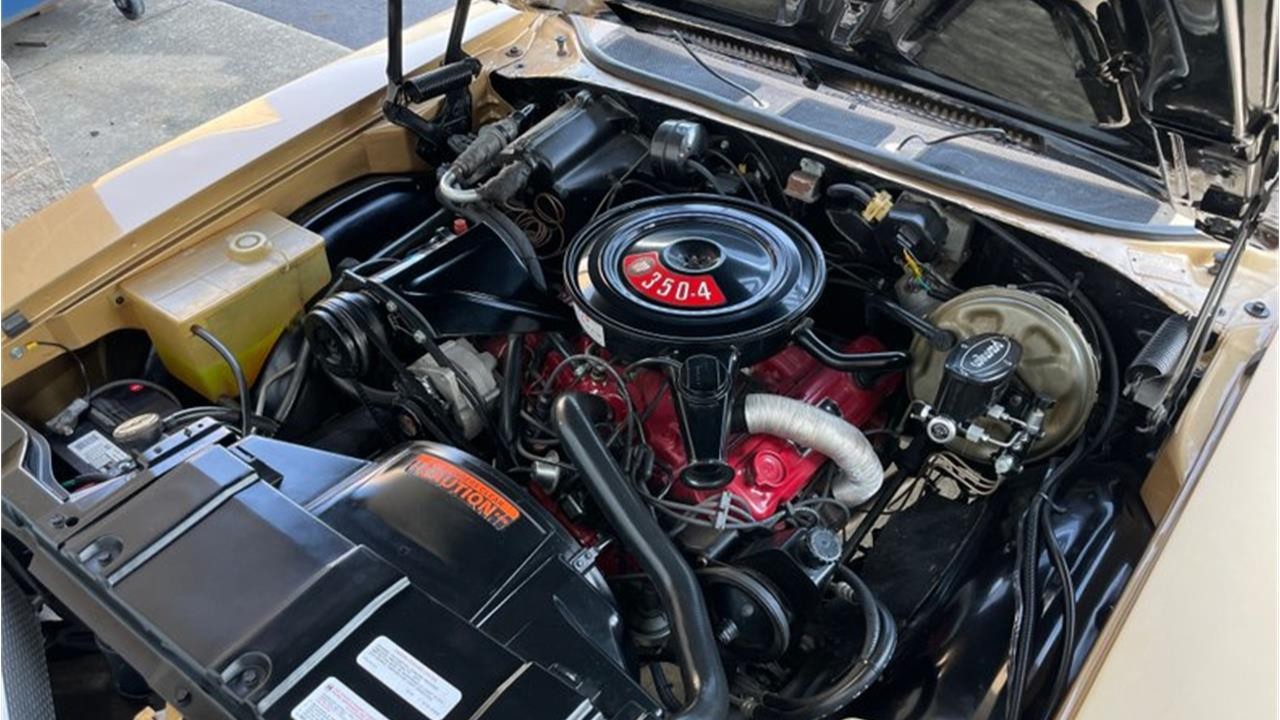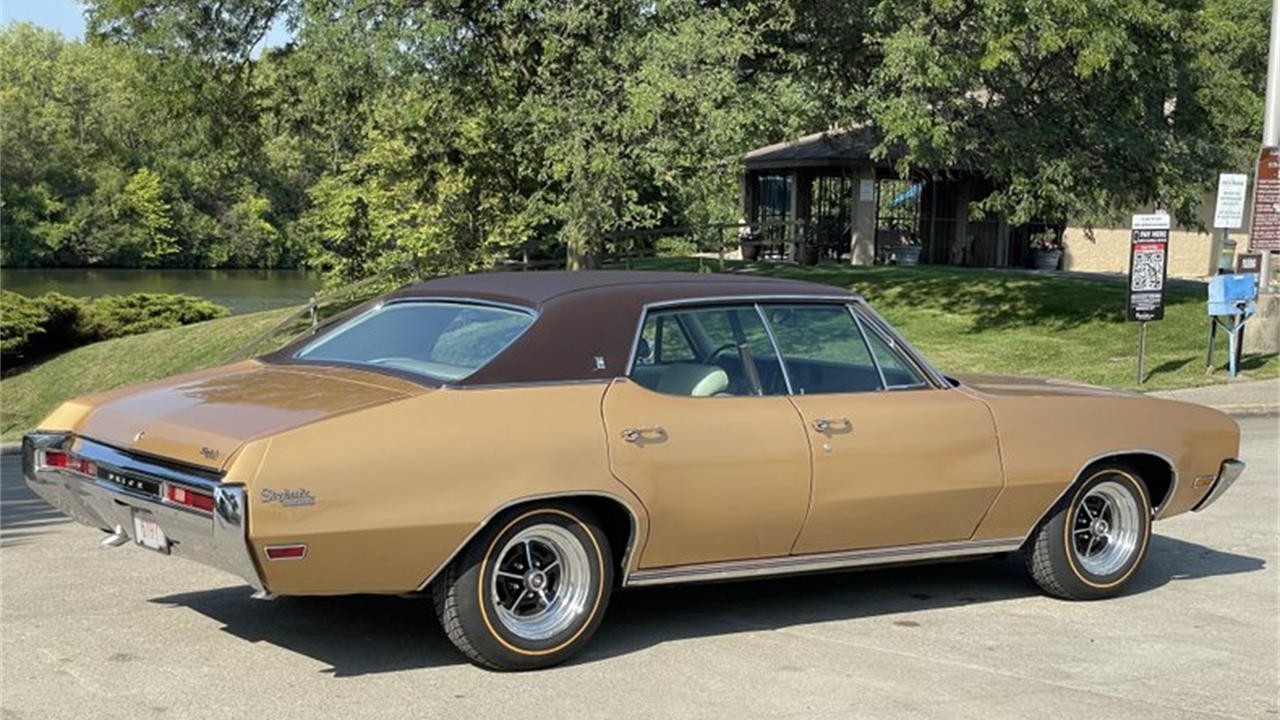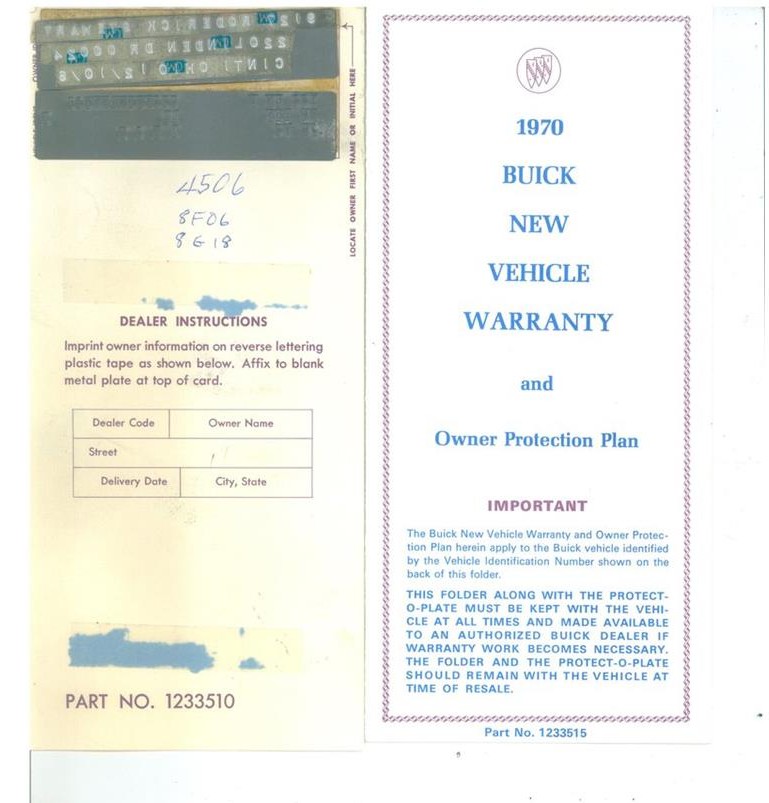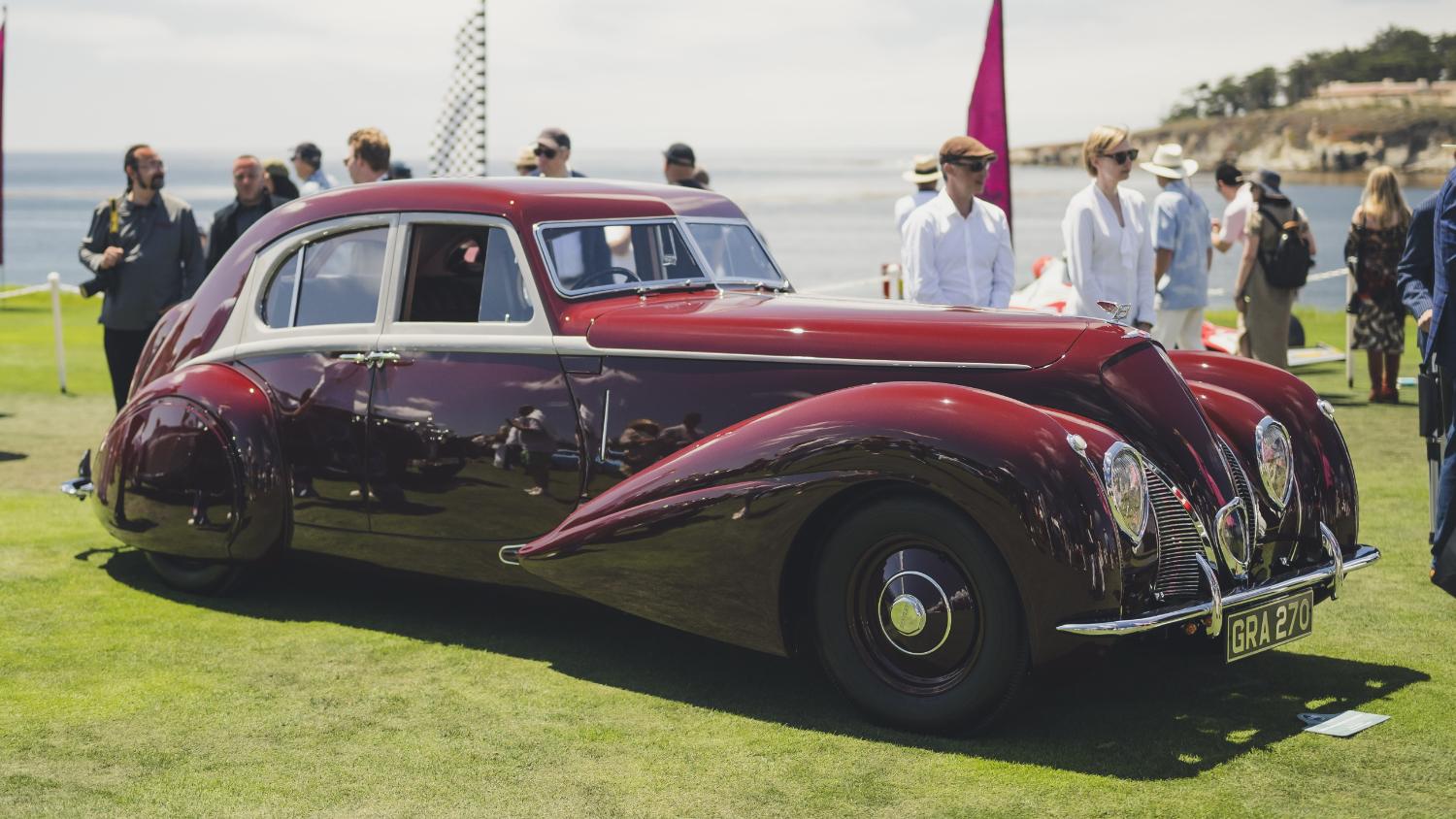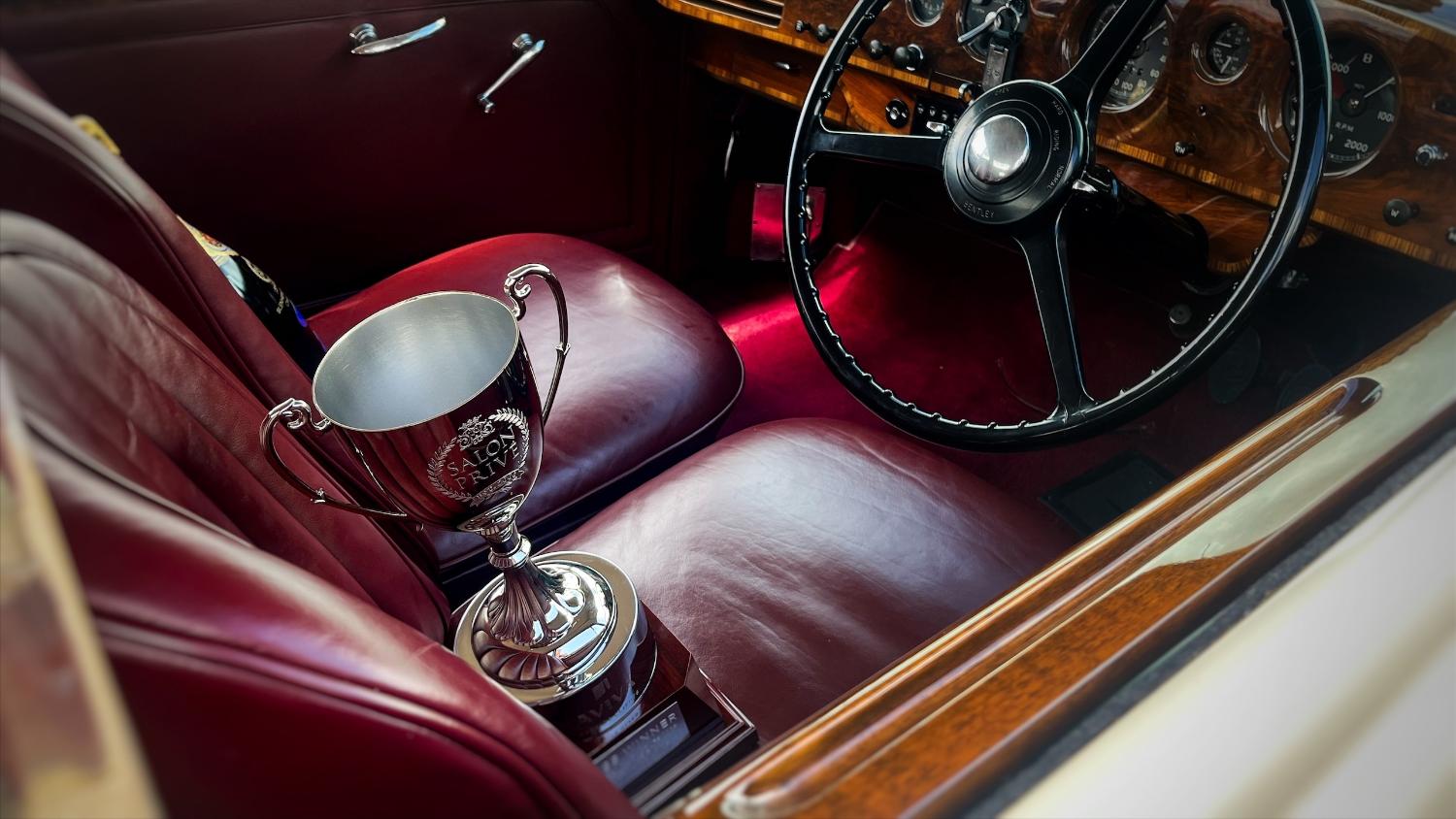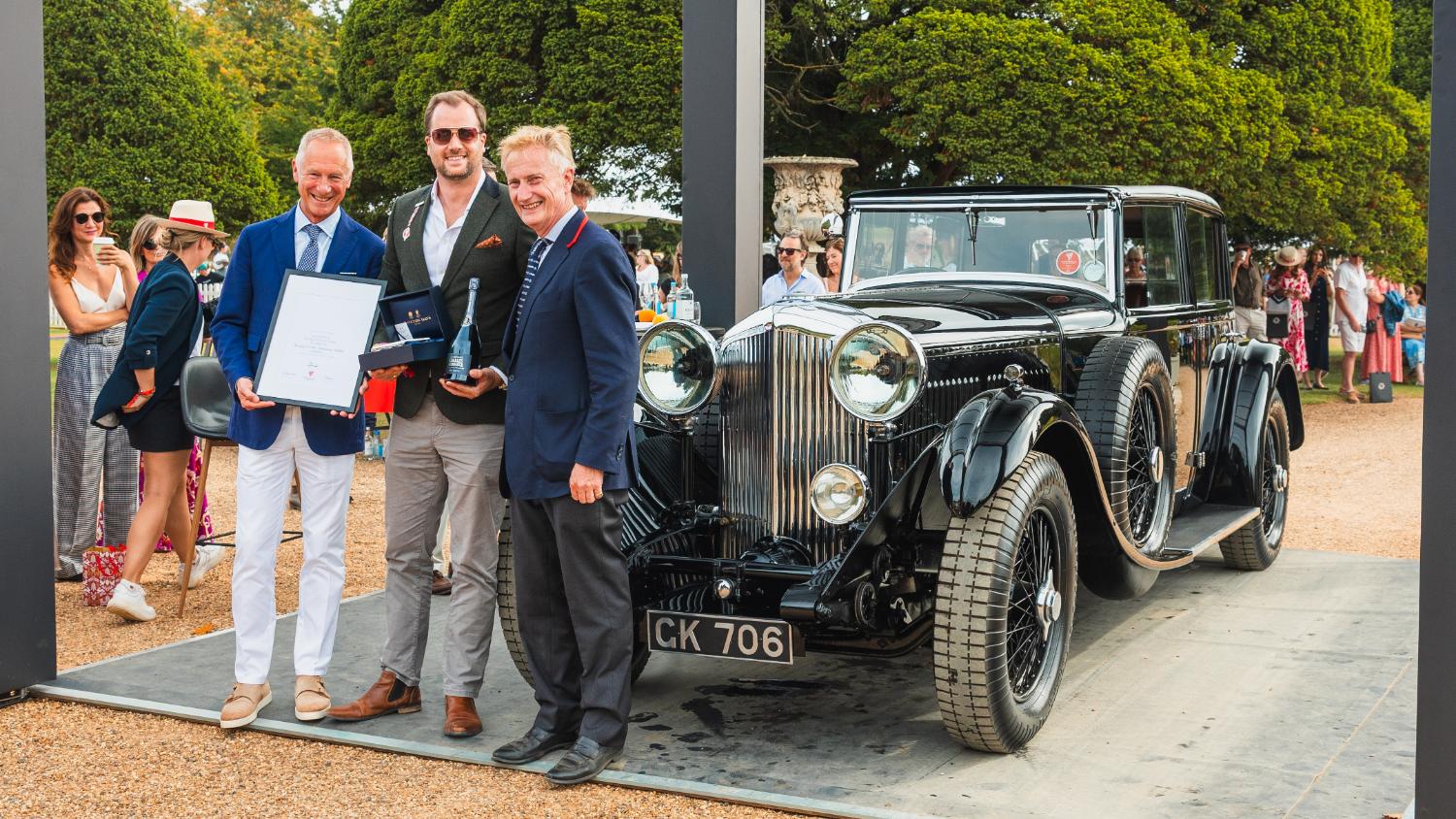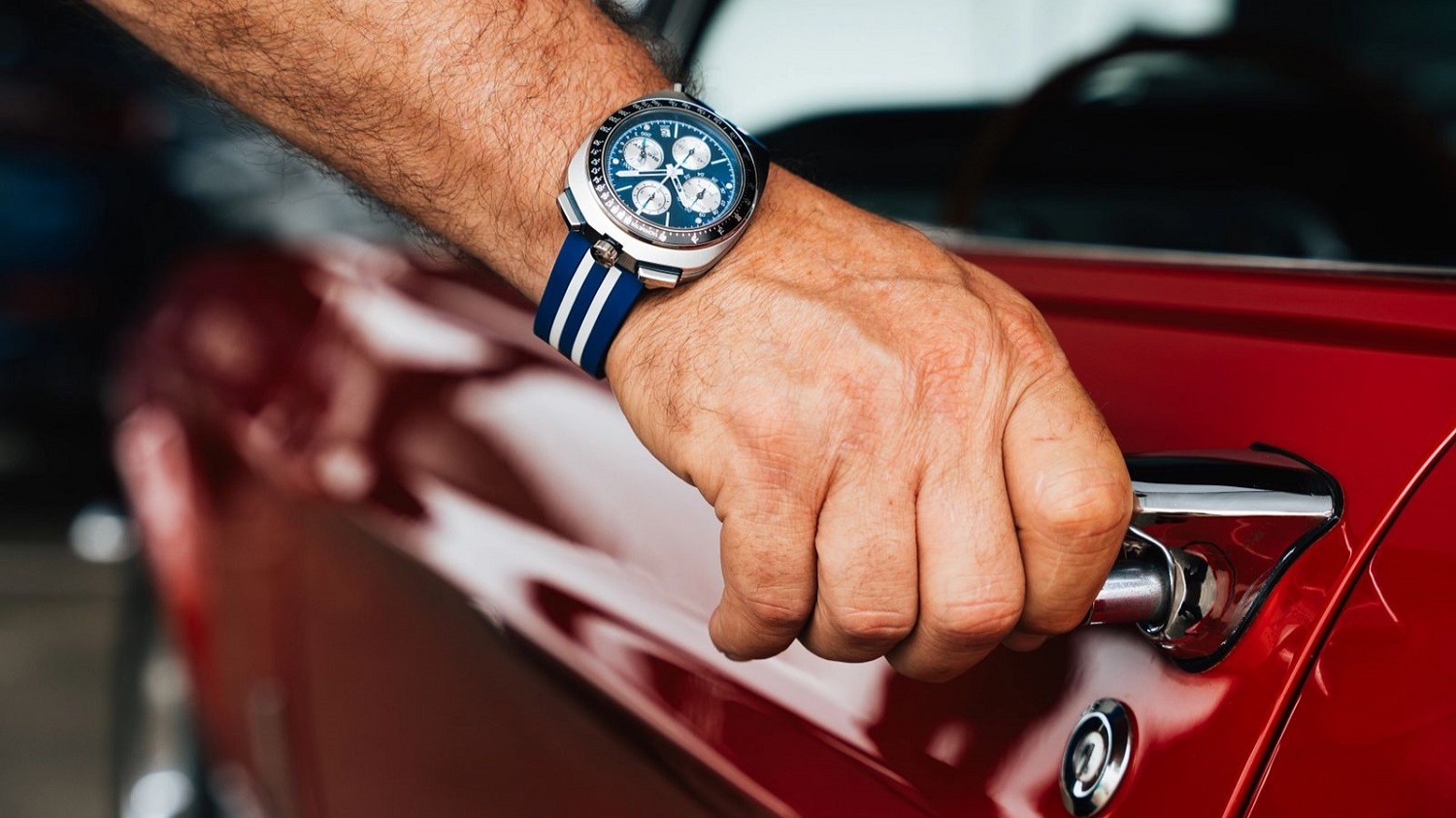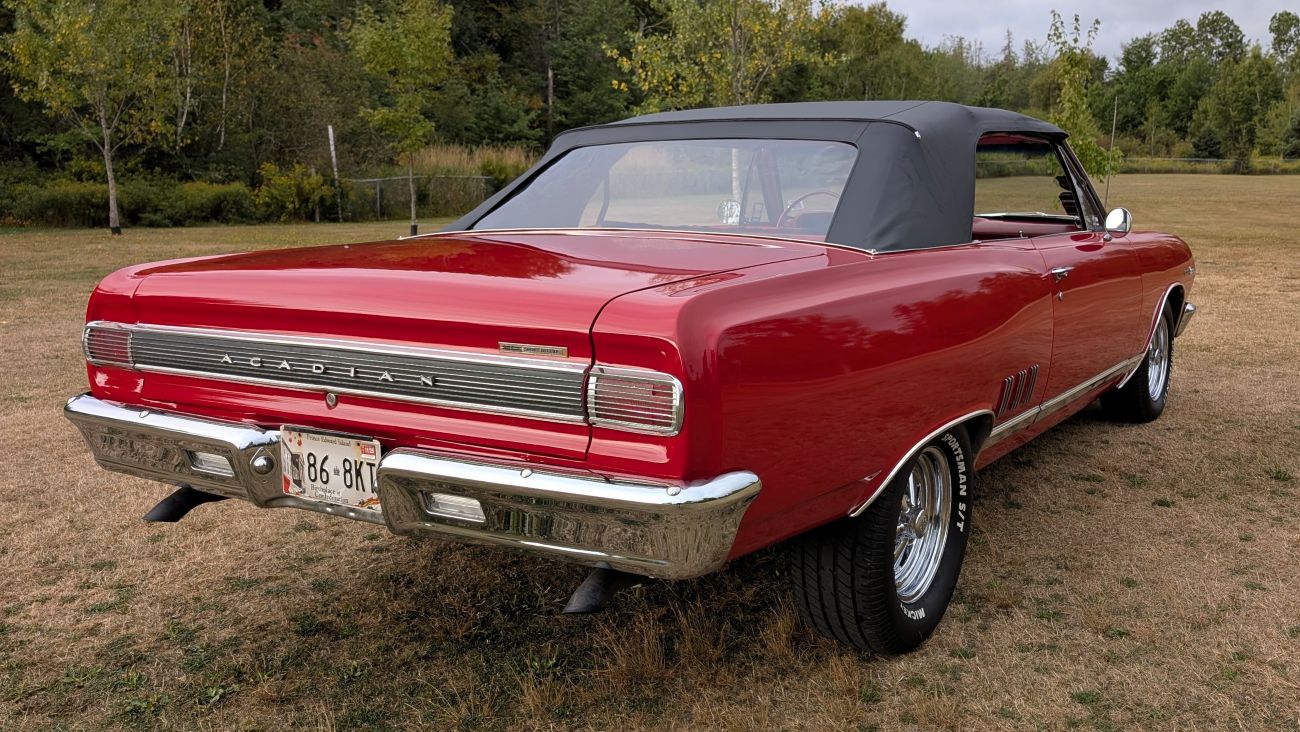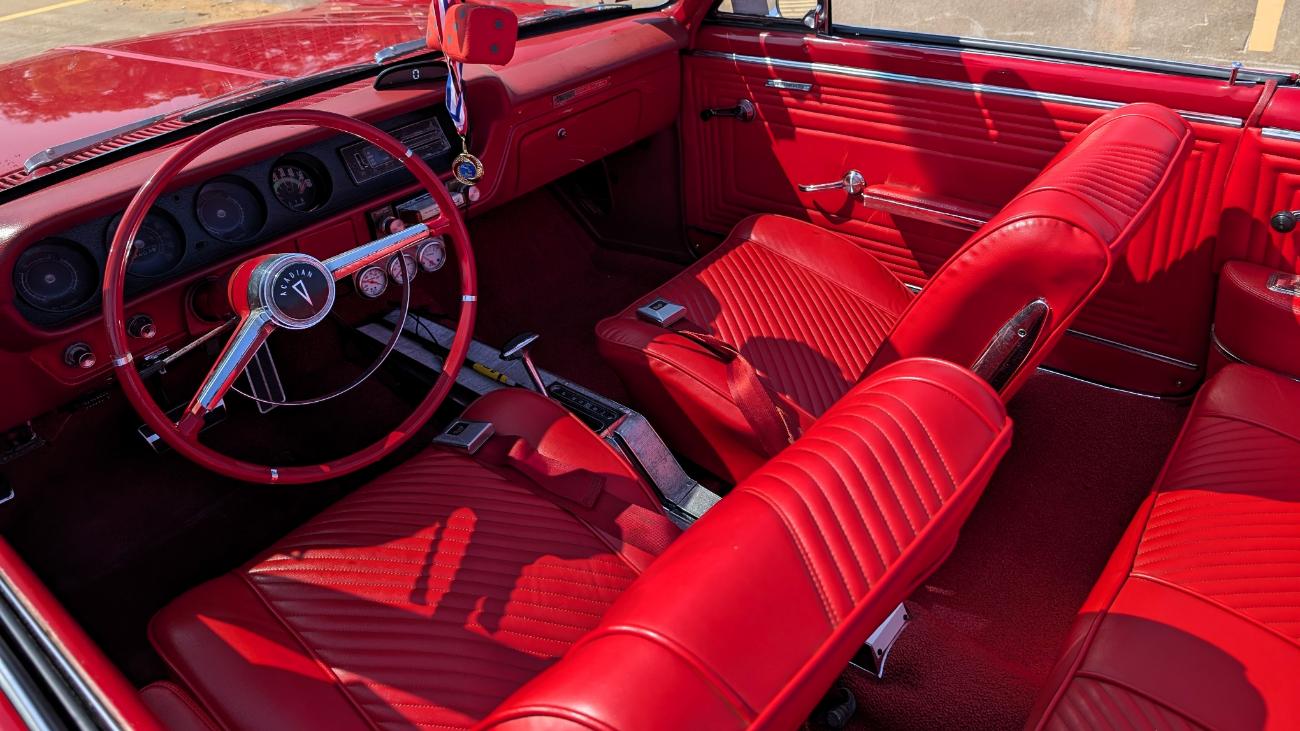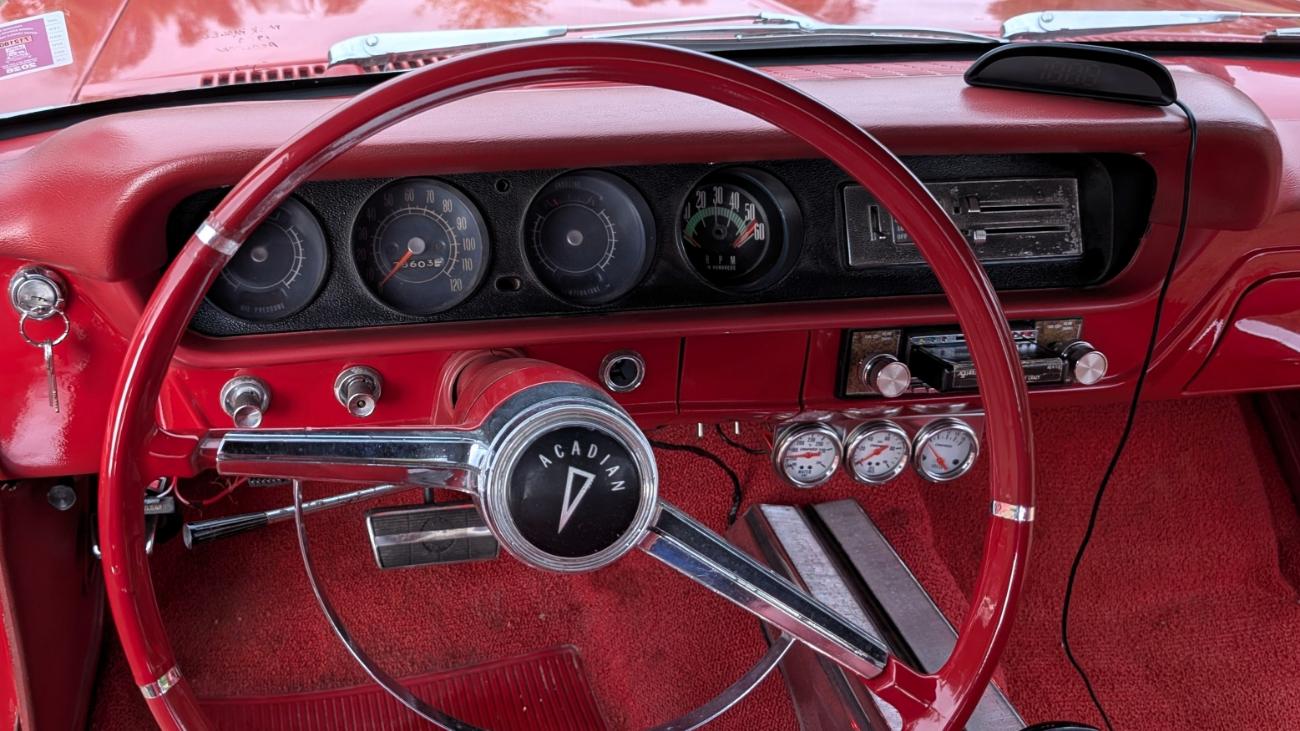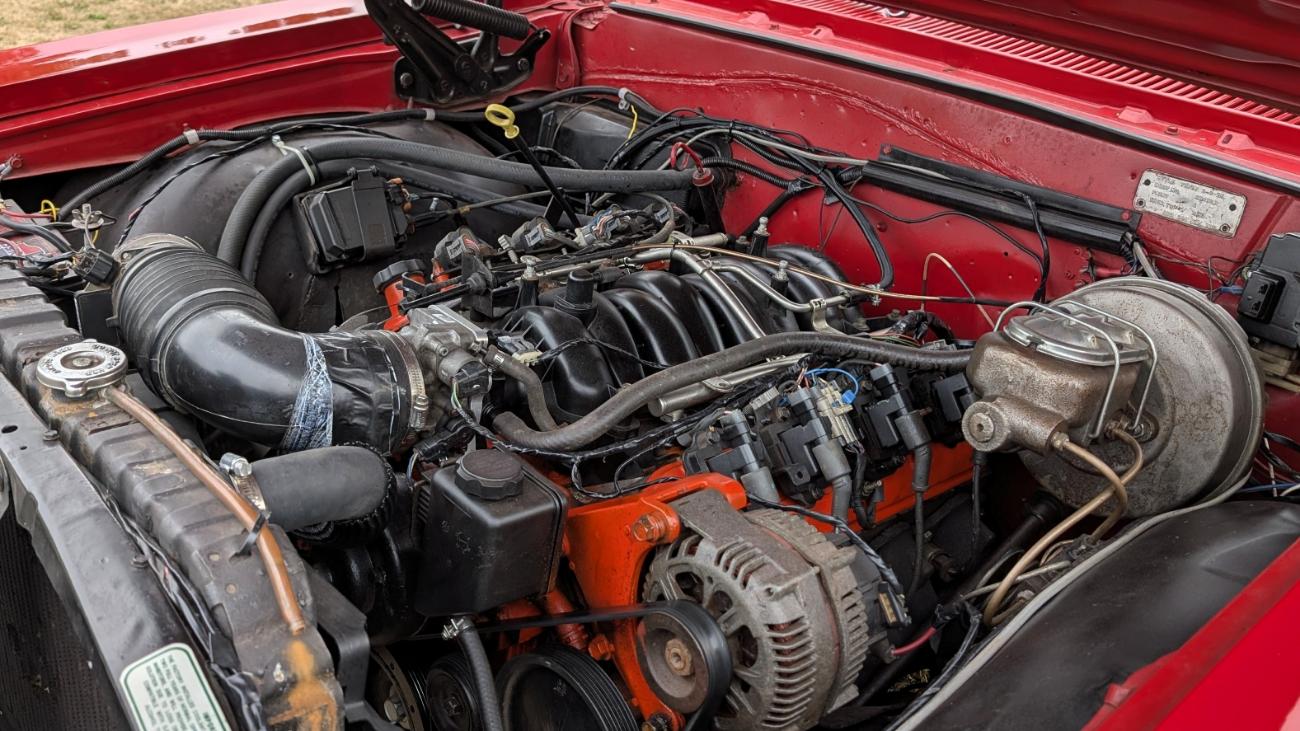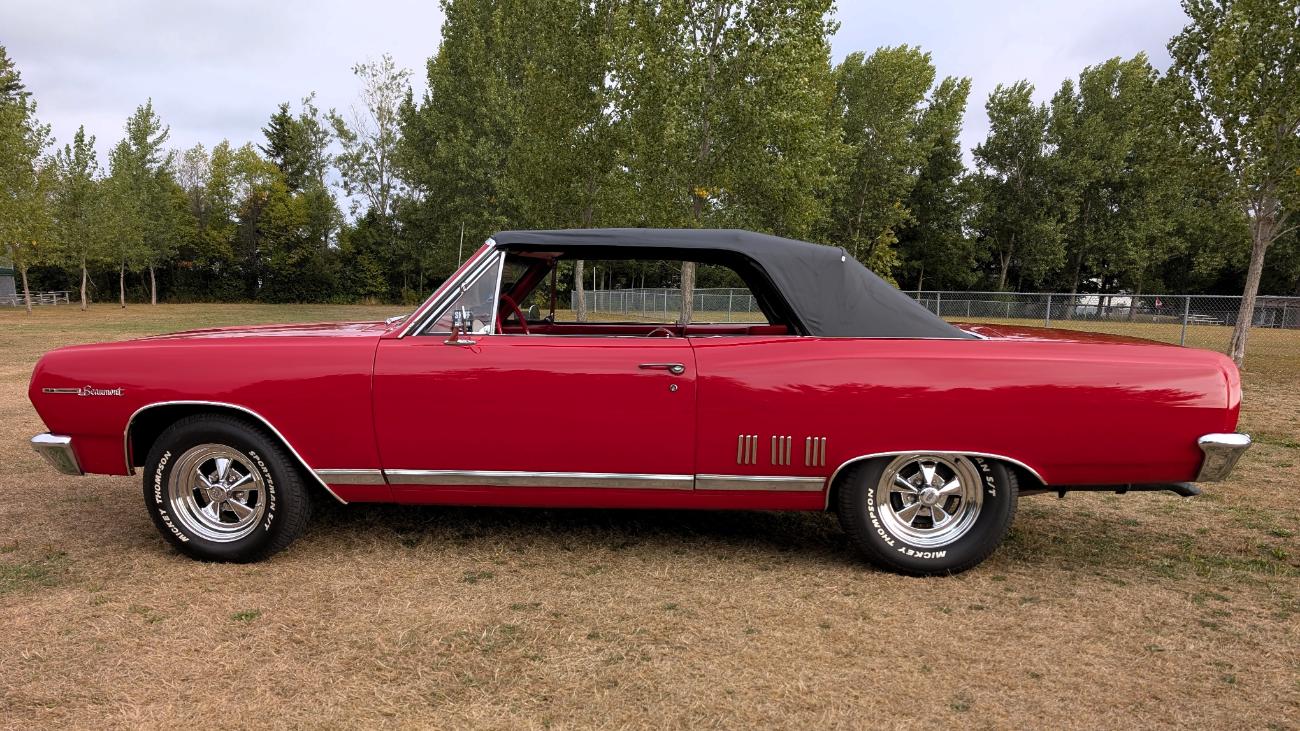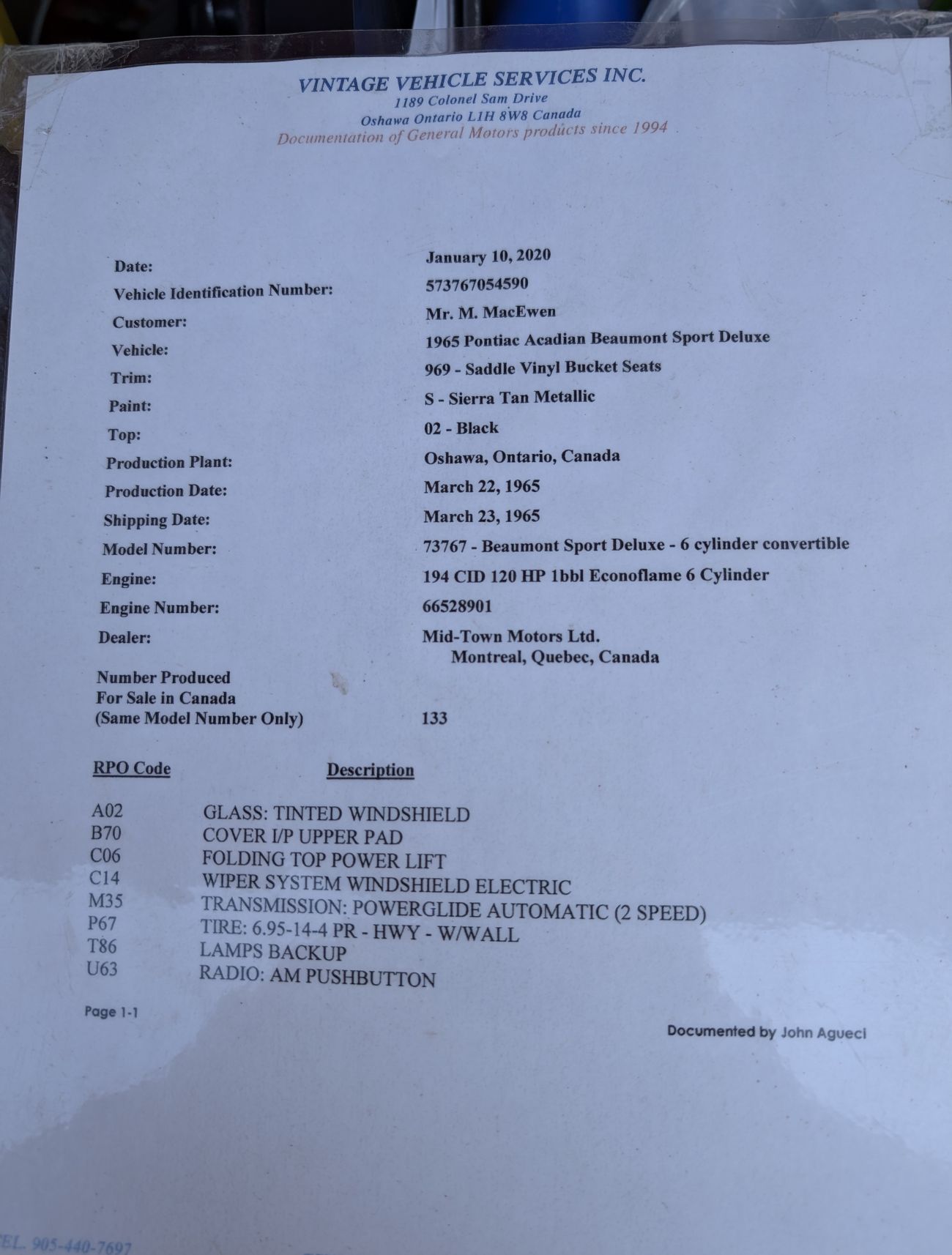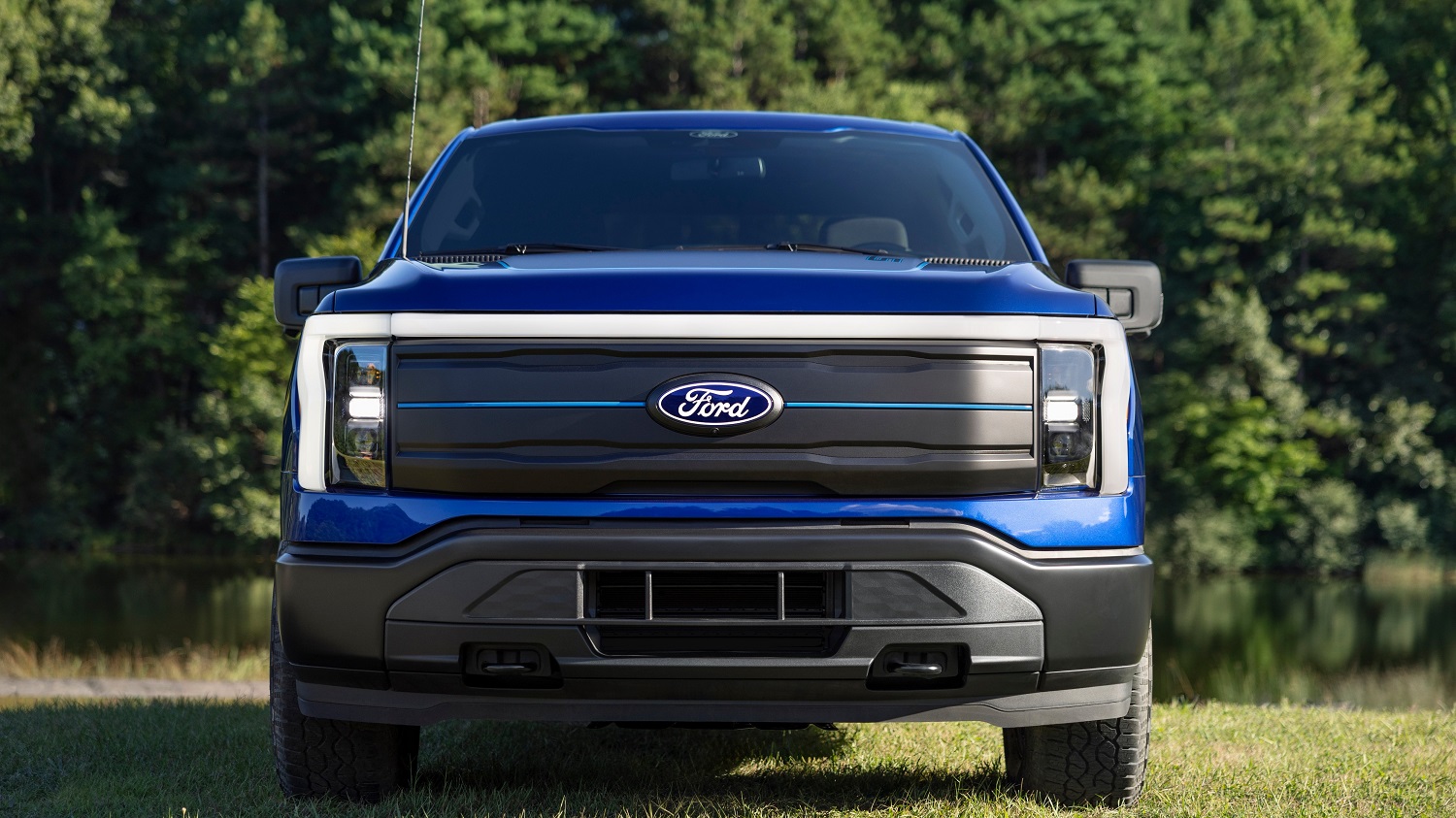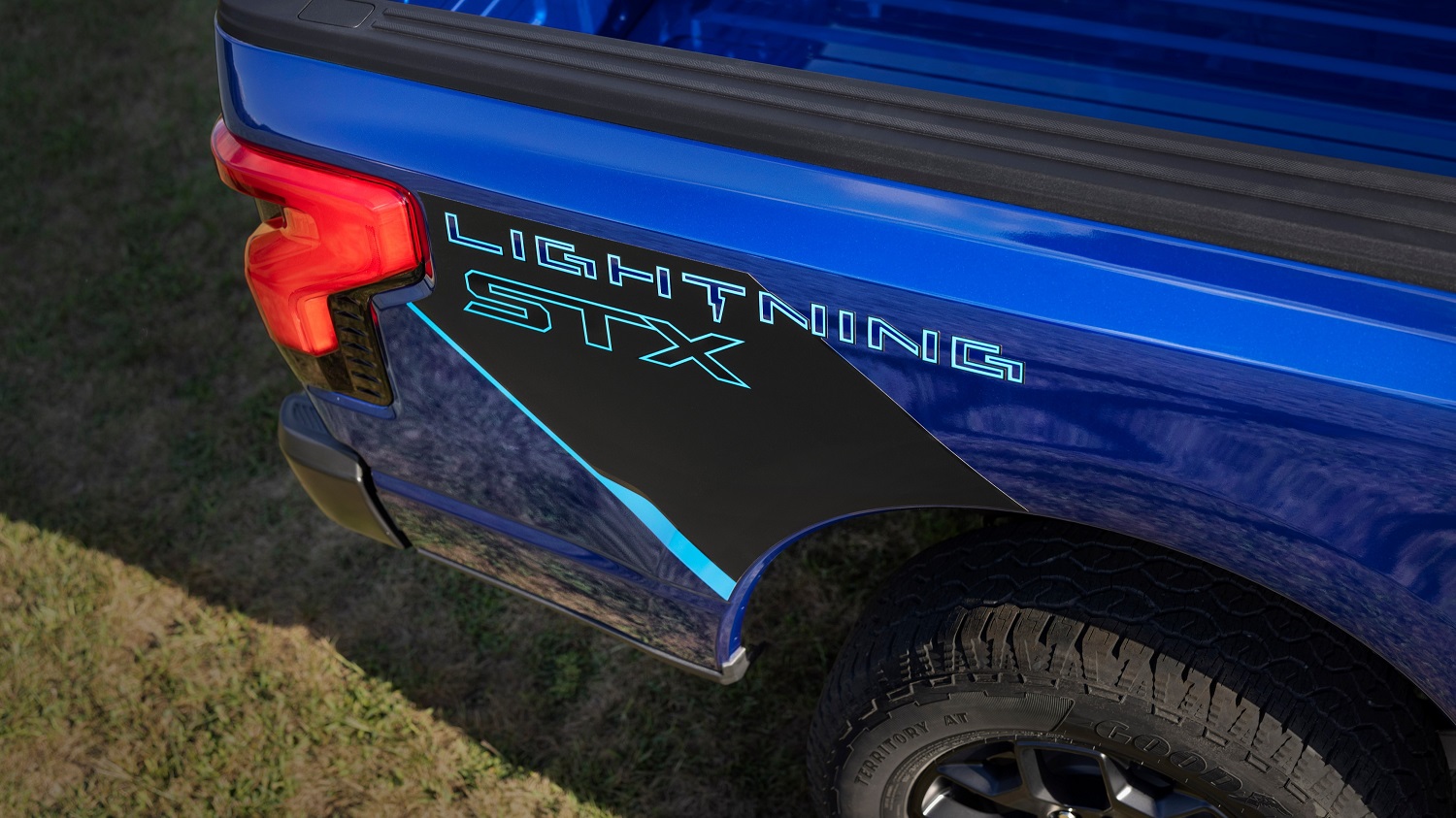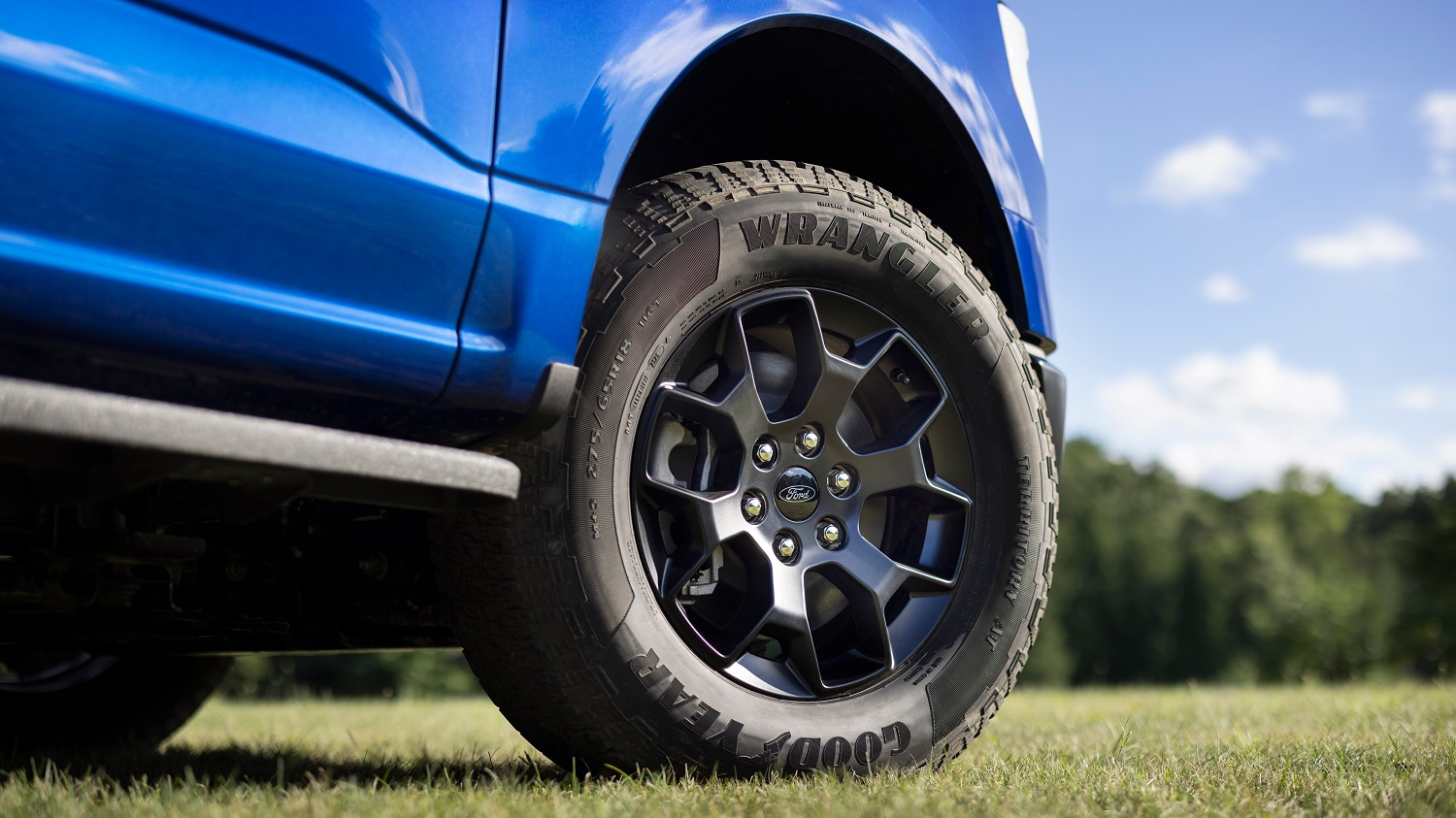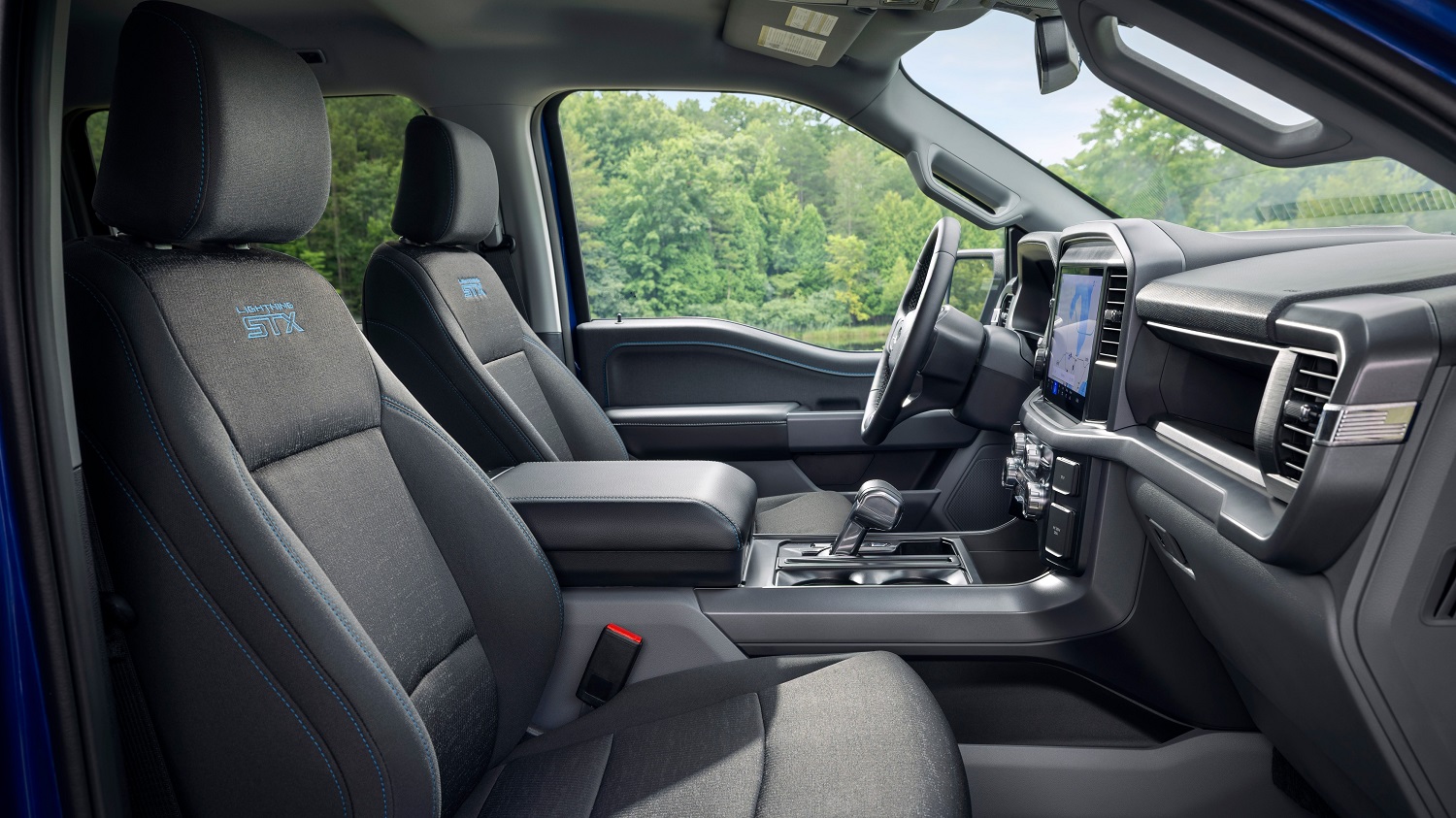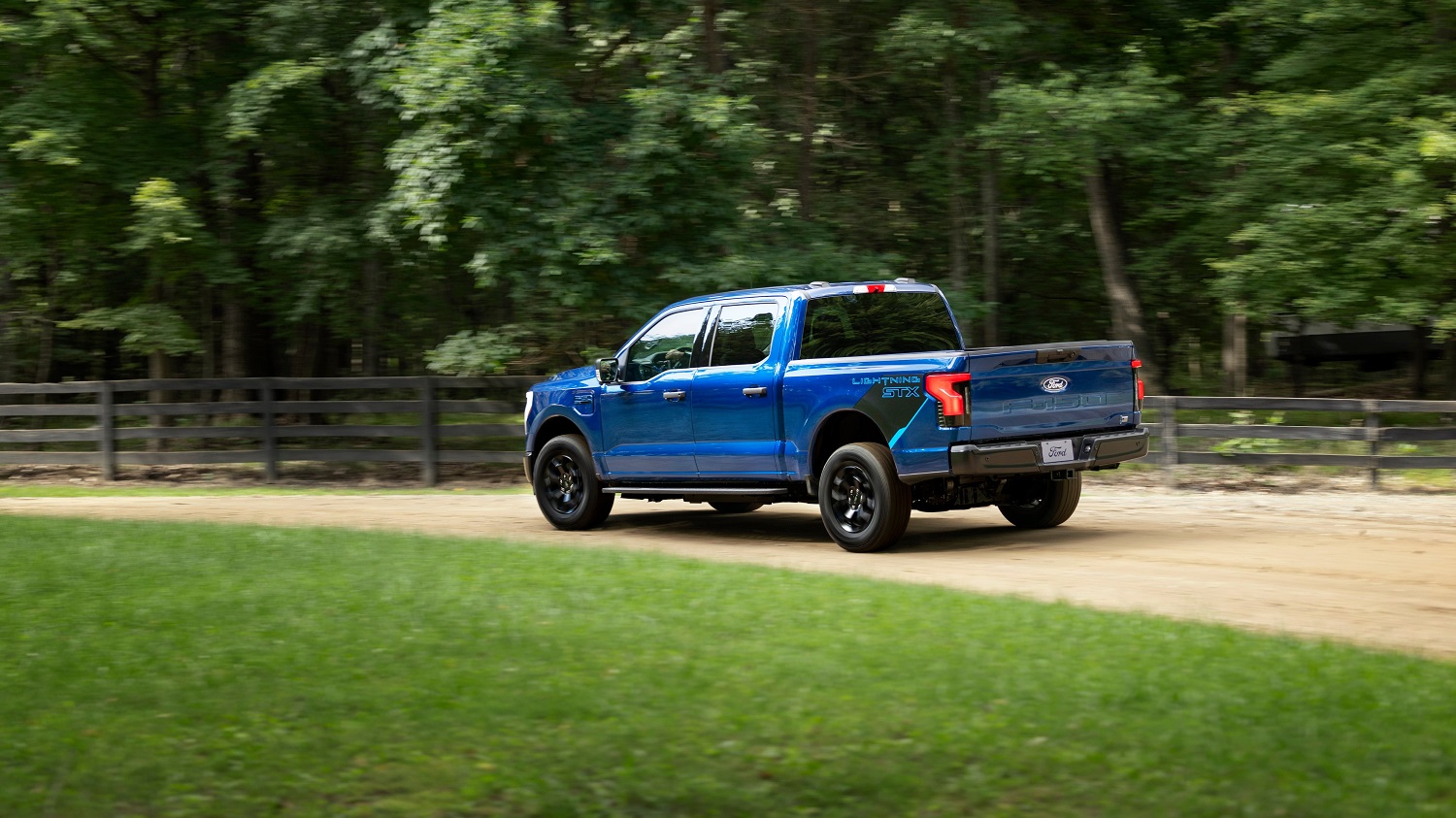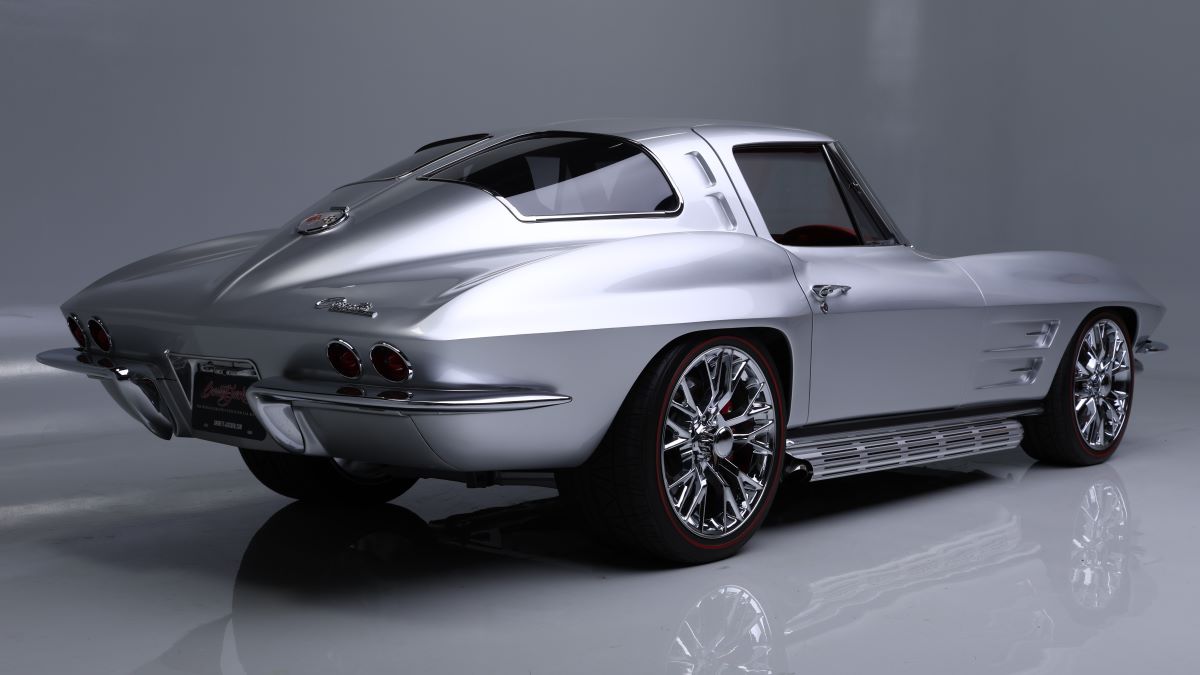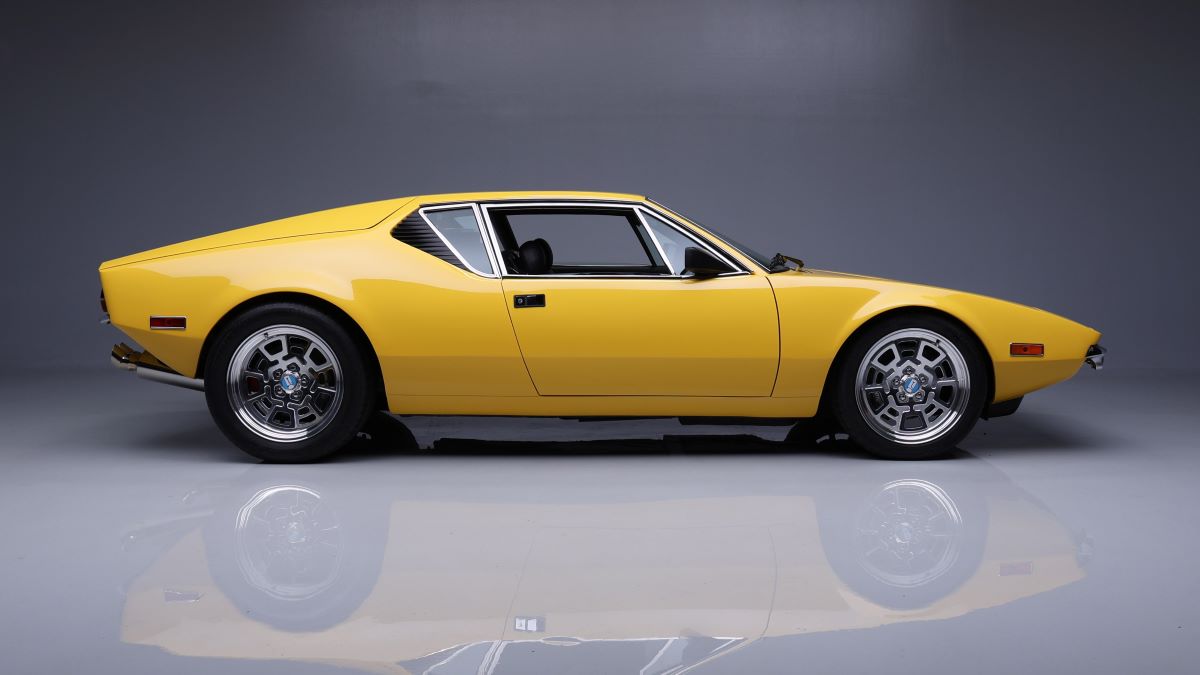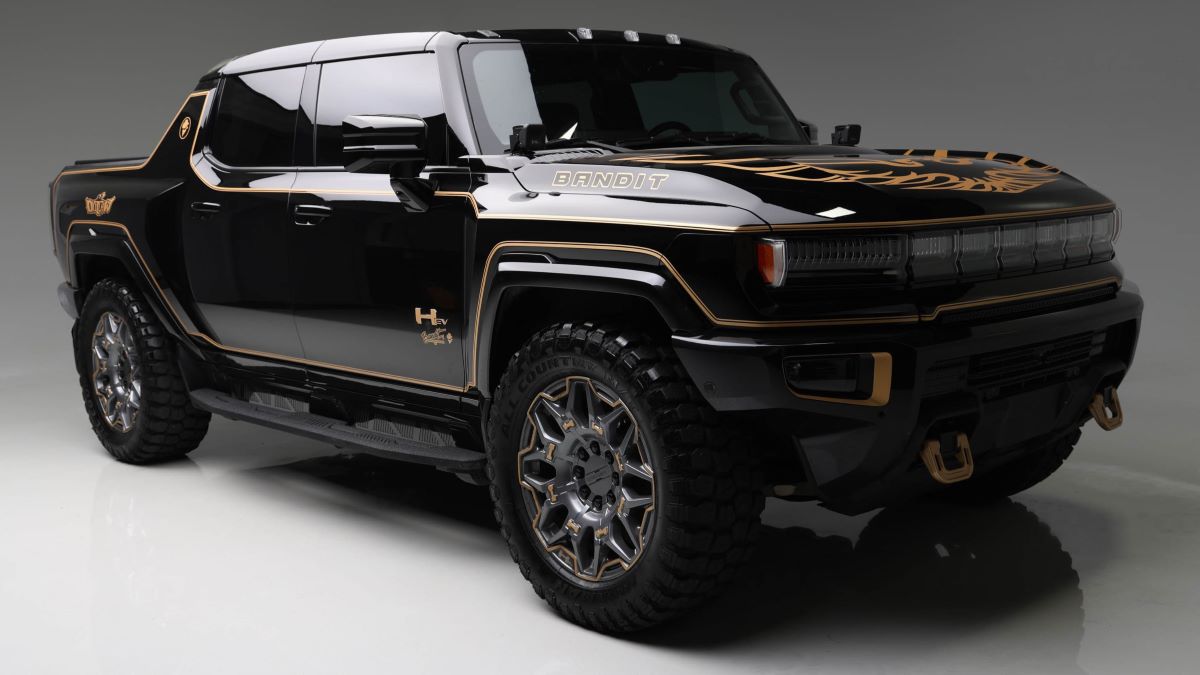The third-generation Lexus IS sport sedan has been on the market for more than a decade. The end is near, so Lexus is streamlining and simplifying the lineup for 2026, which we be limited to just the IS 350 with rear- or all-wheel drive and the F Sport or F Sport Design trim level.
That’s a drastic reduction from the 2025 model year, which offered three core models (IS 300, IS 350, and IS 500), four model-dependent engine options (turbo four, 260-horsepower V6, 311-horsepower V6, and 5.0-liter V8), and the choice of RWD or AWD for much of the range.
However, in the process of reducing complexity for the 2026 IS, Lexus made some updates and improvements. It refreshed the front end, giving it a wider-mouthed, more aggressive appearance (albeit one that brings the Toyota Camry Nightshade and its “hammerhead” design to mind). Both trim levels come equipped with new 19-inch wheel designs. A new rear spoiler and red brake calipers are available to make the IS 350 F Sport look F Sport-ier. Wind, a light gray with metallic highlights, brings the number of available colors up to seven.
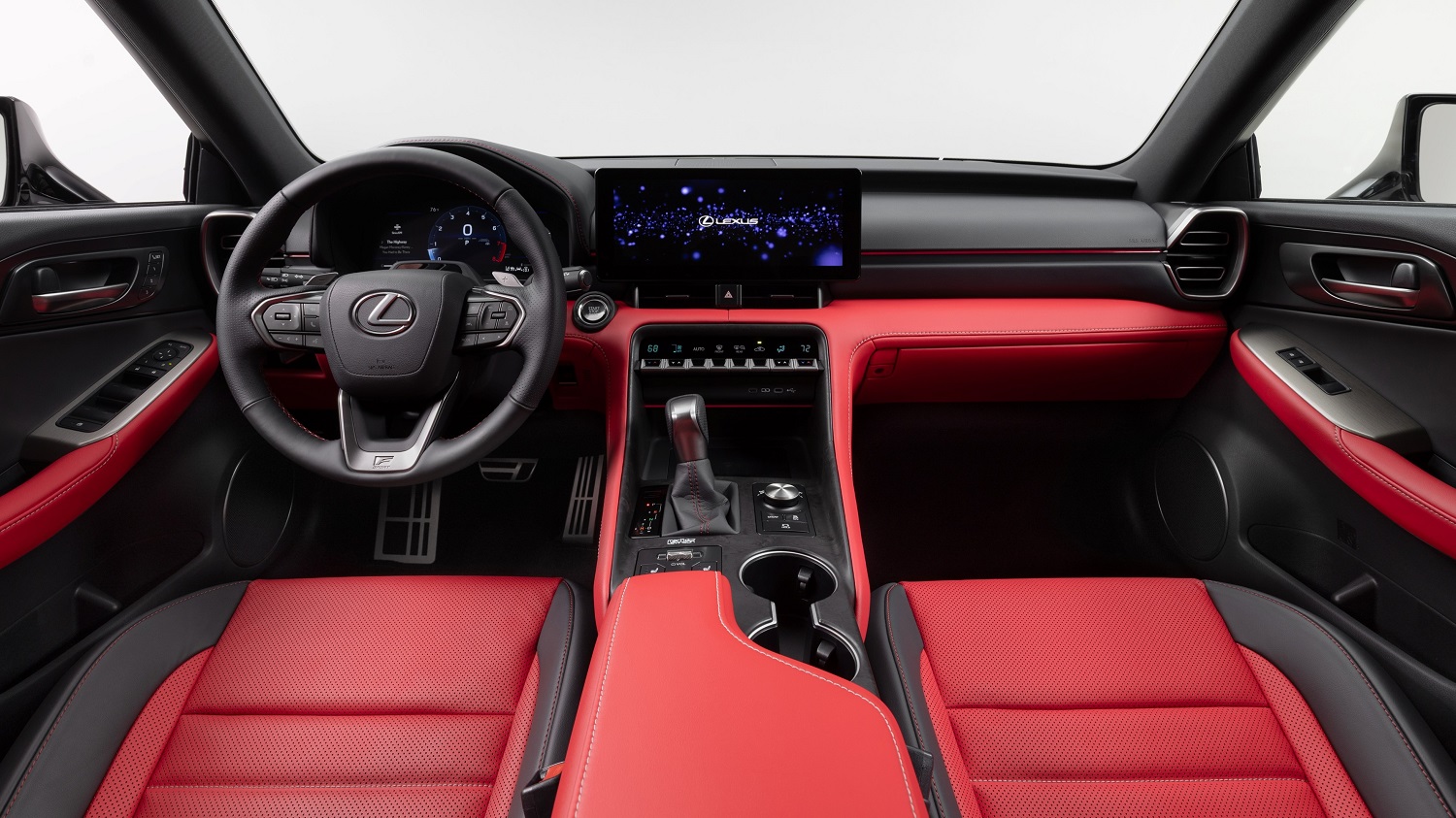
There’s also a new interior color: Radiant Red, which is offset by the addition of dark Forged Bamboo trim with natural bamboo fibers. Both the digital instrument cluster and the touchscreen for the Lexus Interface infotainment system have grown to 12.3 inches. A wireless charging pad and four USB-C ports add modern conveniences to the cockpit.
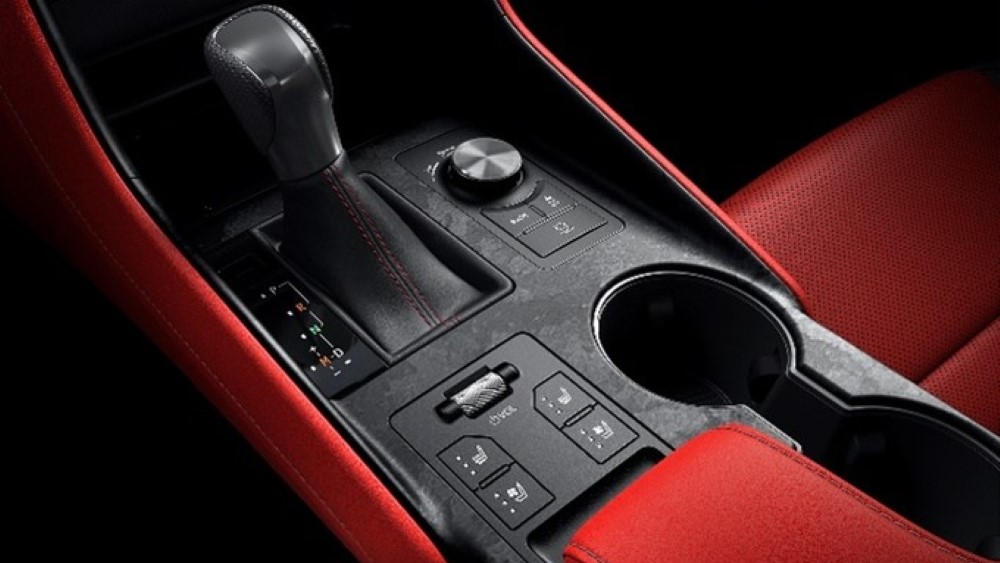
All 2026 IS models feature the Lexus Safety System+ 3.0 suite of technologies, which include the Pre-Collision System with Pedestrian Detection, Full-Speed Dynamic Radar Cruise Control, Lane Departure Alert with Steering Assist, Proactive Driving Assist, and more.
Output of the 3.5-liter V6 holds steady at 311 horsepower and 280 lb-ft of torque. As before, in RWD models, it’s paired with an eight-speed automatic; in AWD IS 350s, the big six is connected to a six-speed auto. Lexus saved the most significant hardware changes for the steering and suspension systems, further refining the IS’s Lexus Driving Signature. According to the automaker, “By optimizing the Electric Power Steering (EPS) and suspension systems, development focused on delivering linear, consistent steering feel across a wide range of roads and driving conditions. Attention was given not only to how the vehicle reacts to steering and pedal inputs, but also to the smoothness and control of their return motion.”
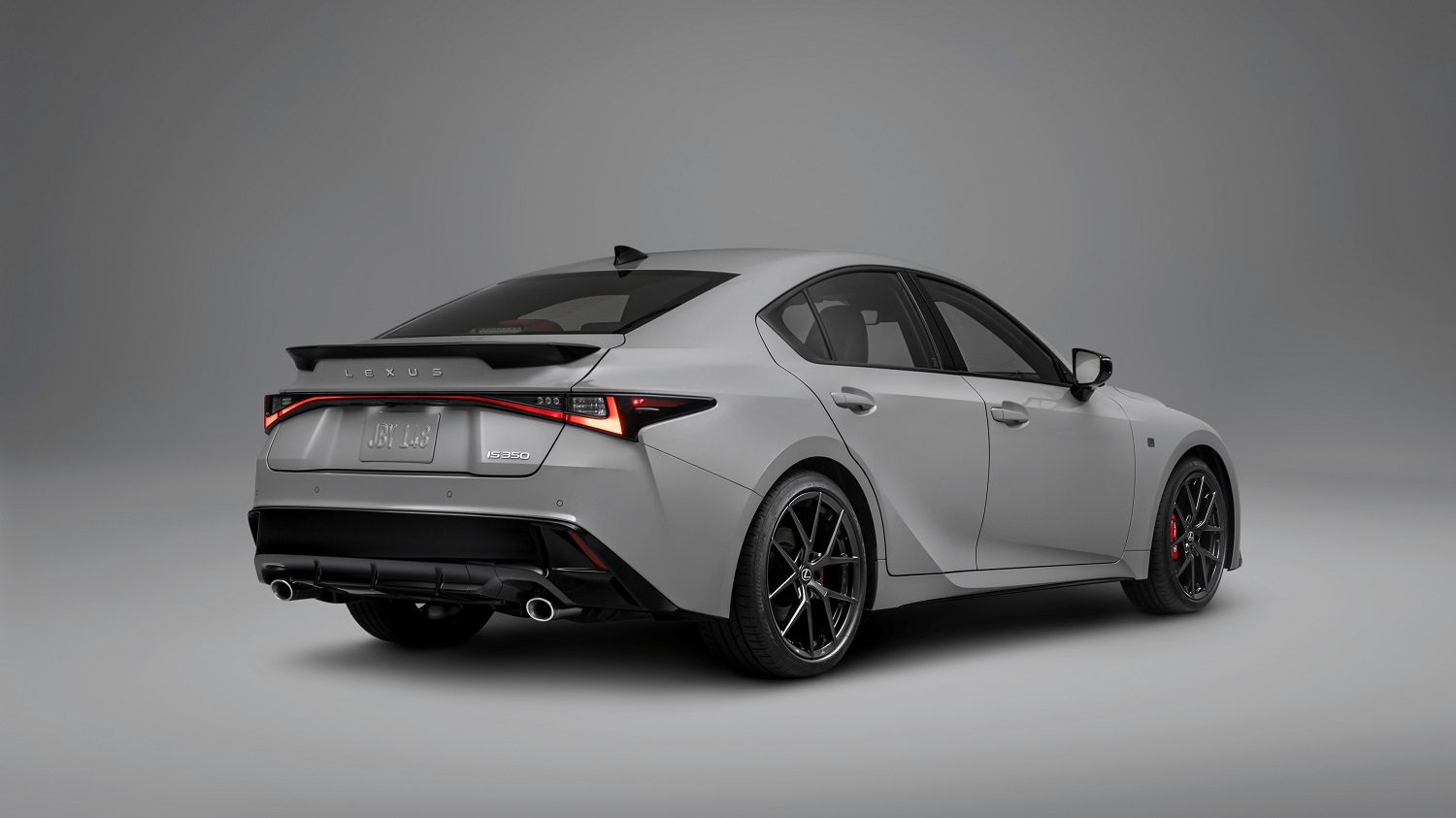
How has the MSRP of the 2026 IS changed with all these changes and updates? That’s one thing Lexus hasn’t yet disclosed. Expect the company to announce pricing for the refreshed IS closer to when it goes on sale early next year.

